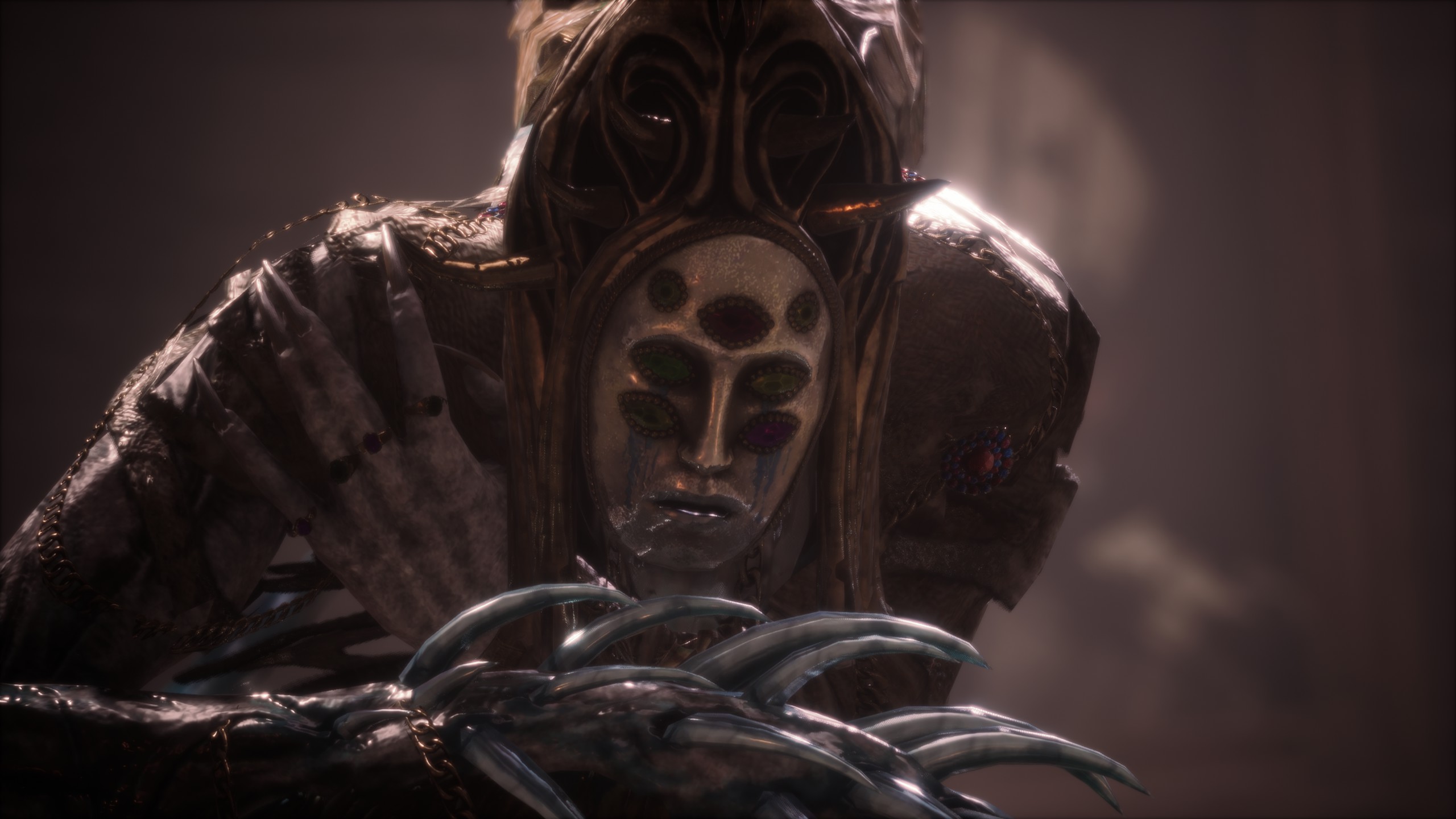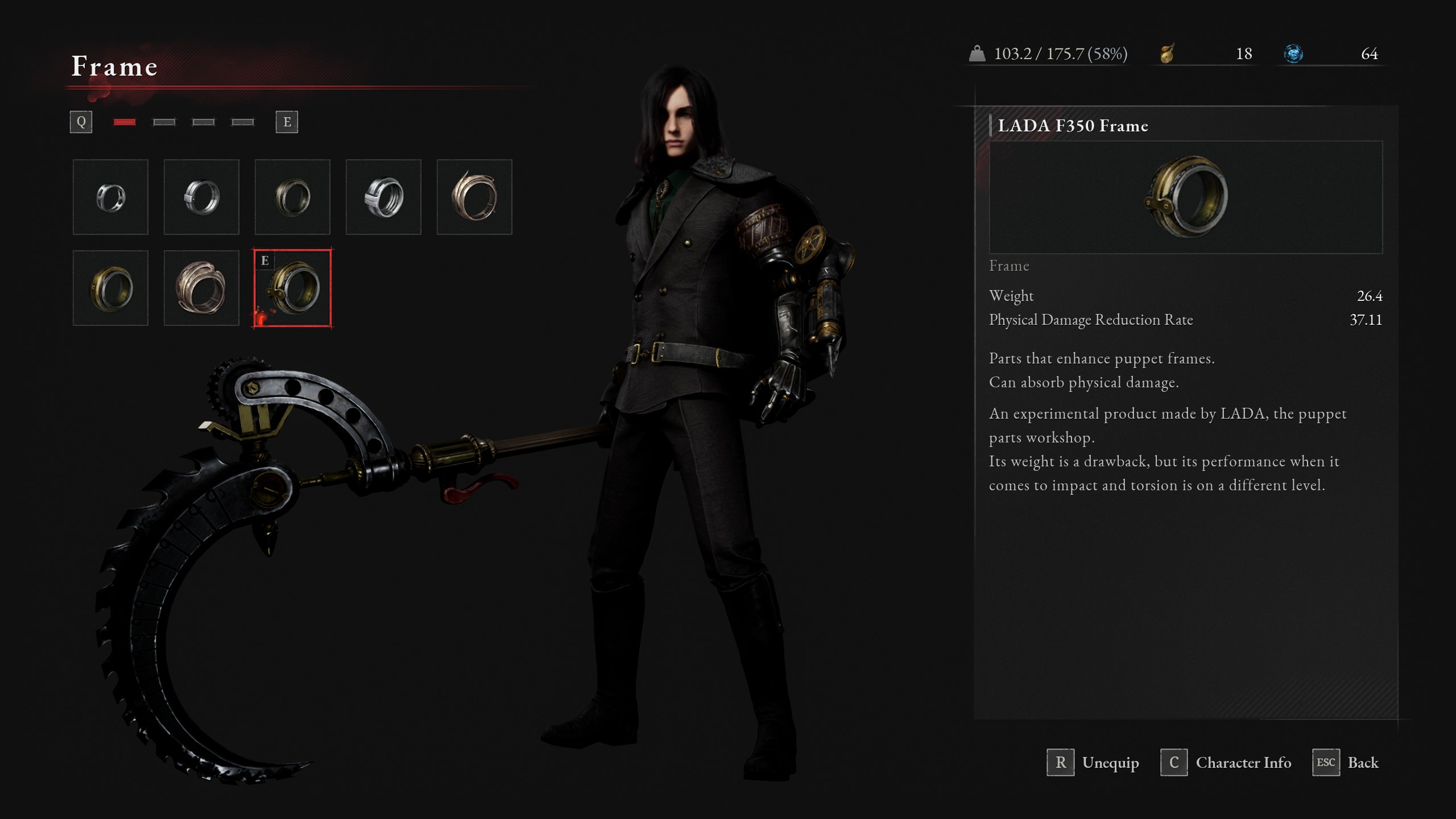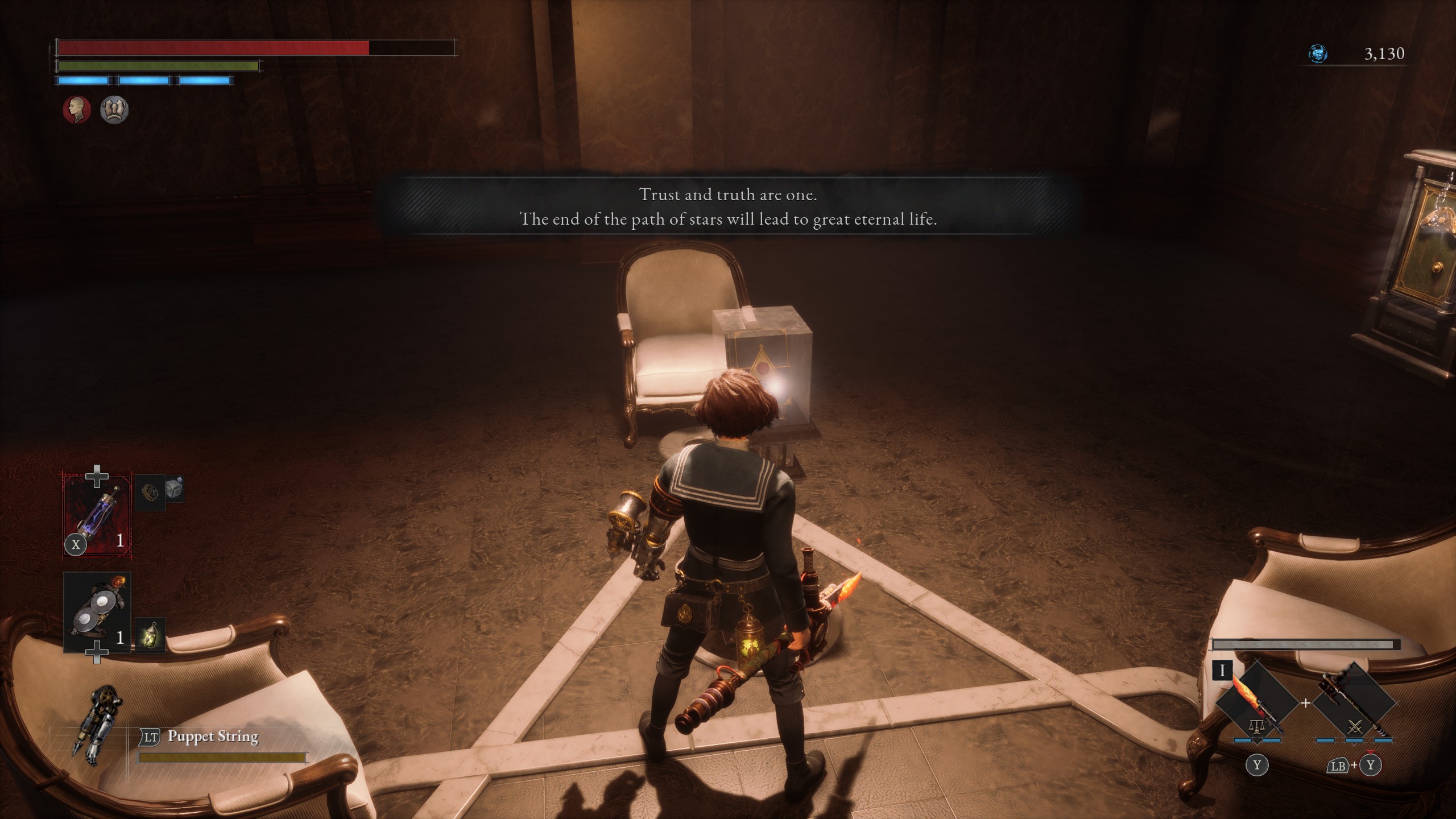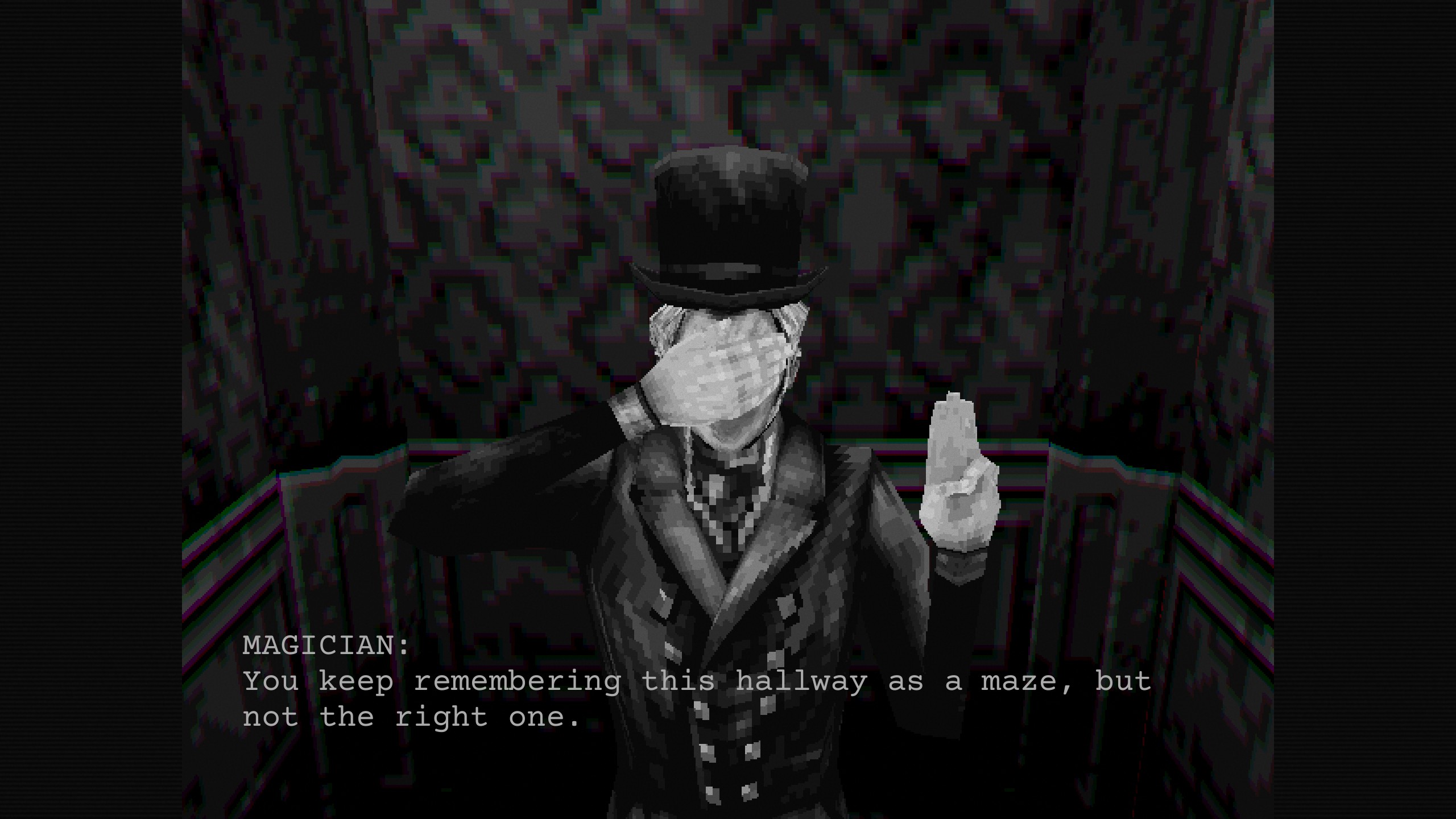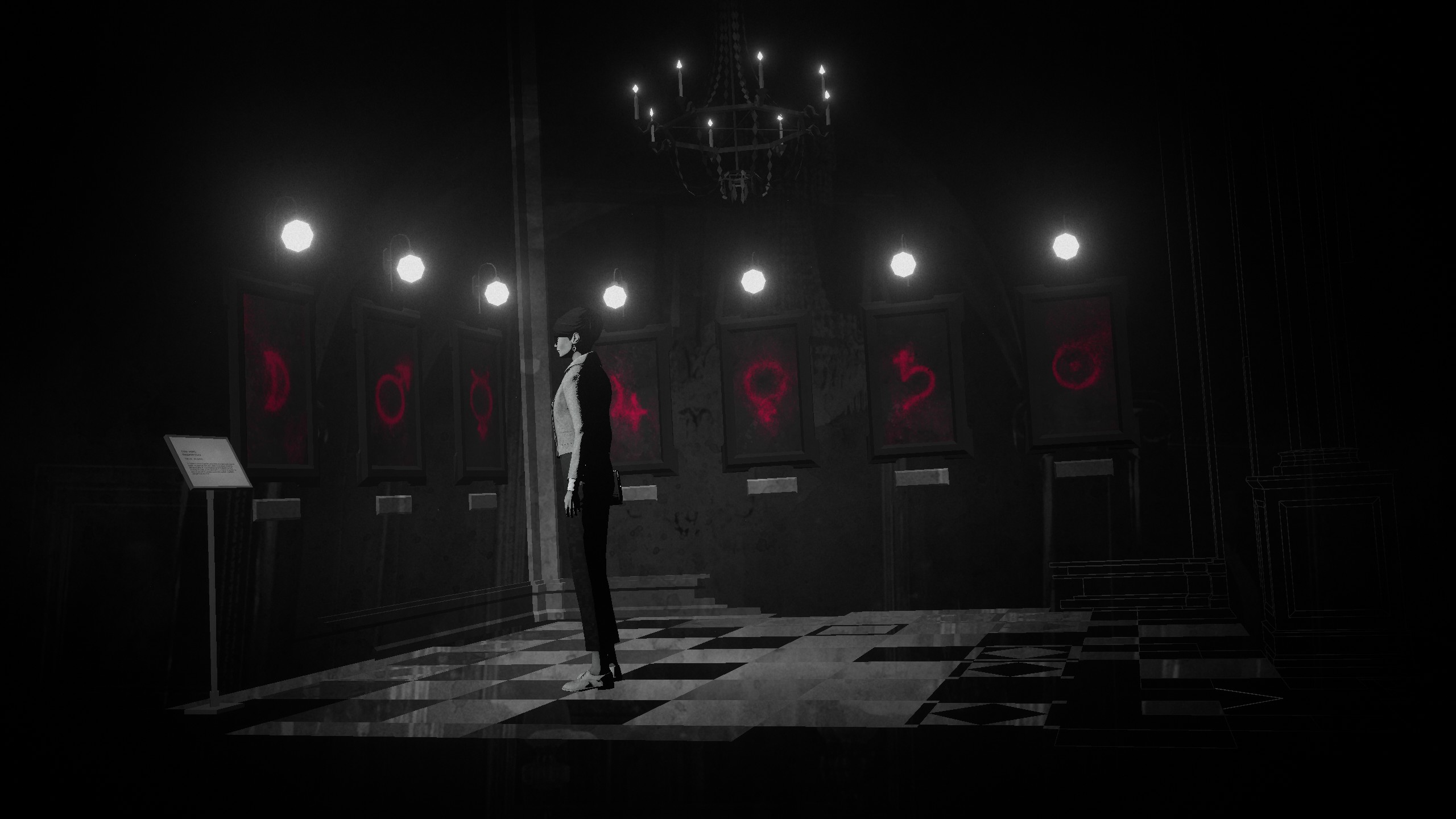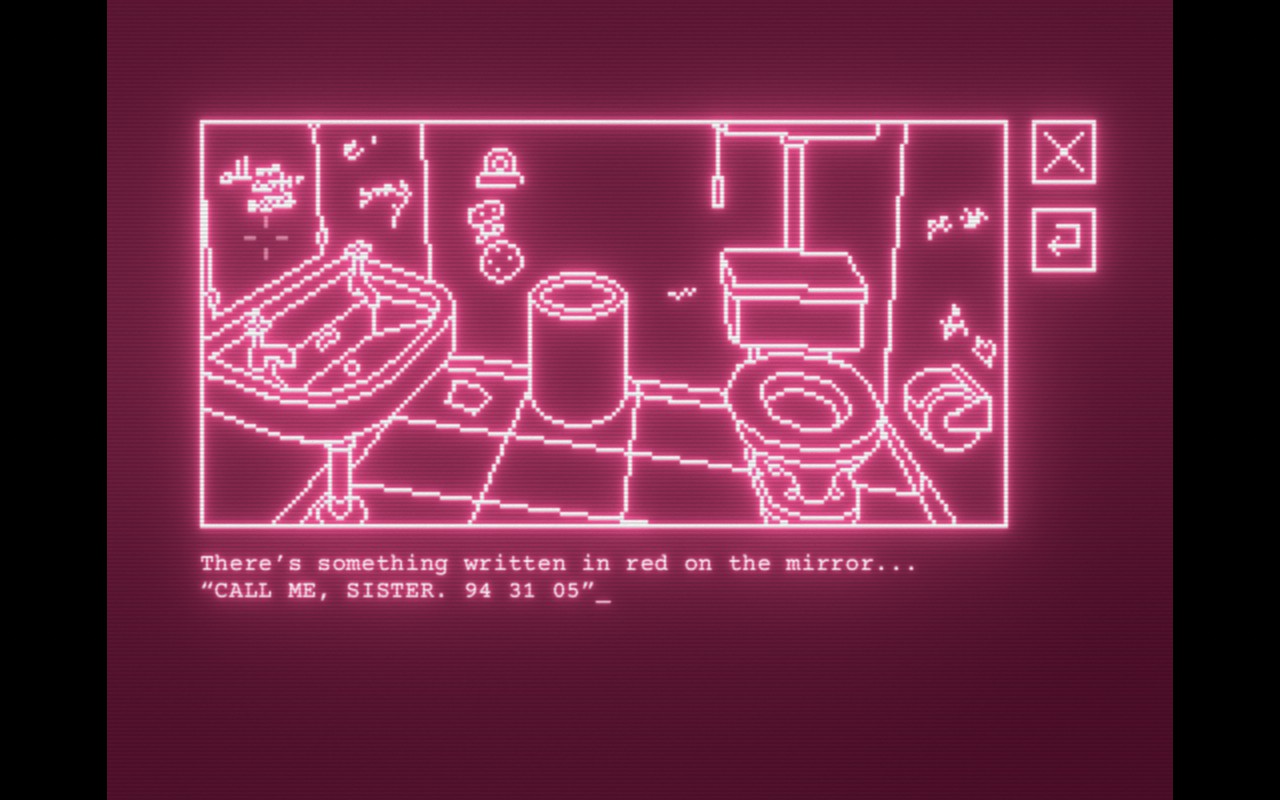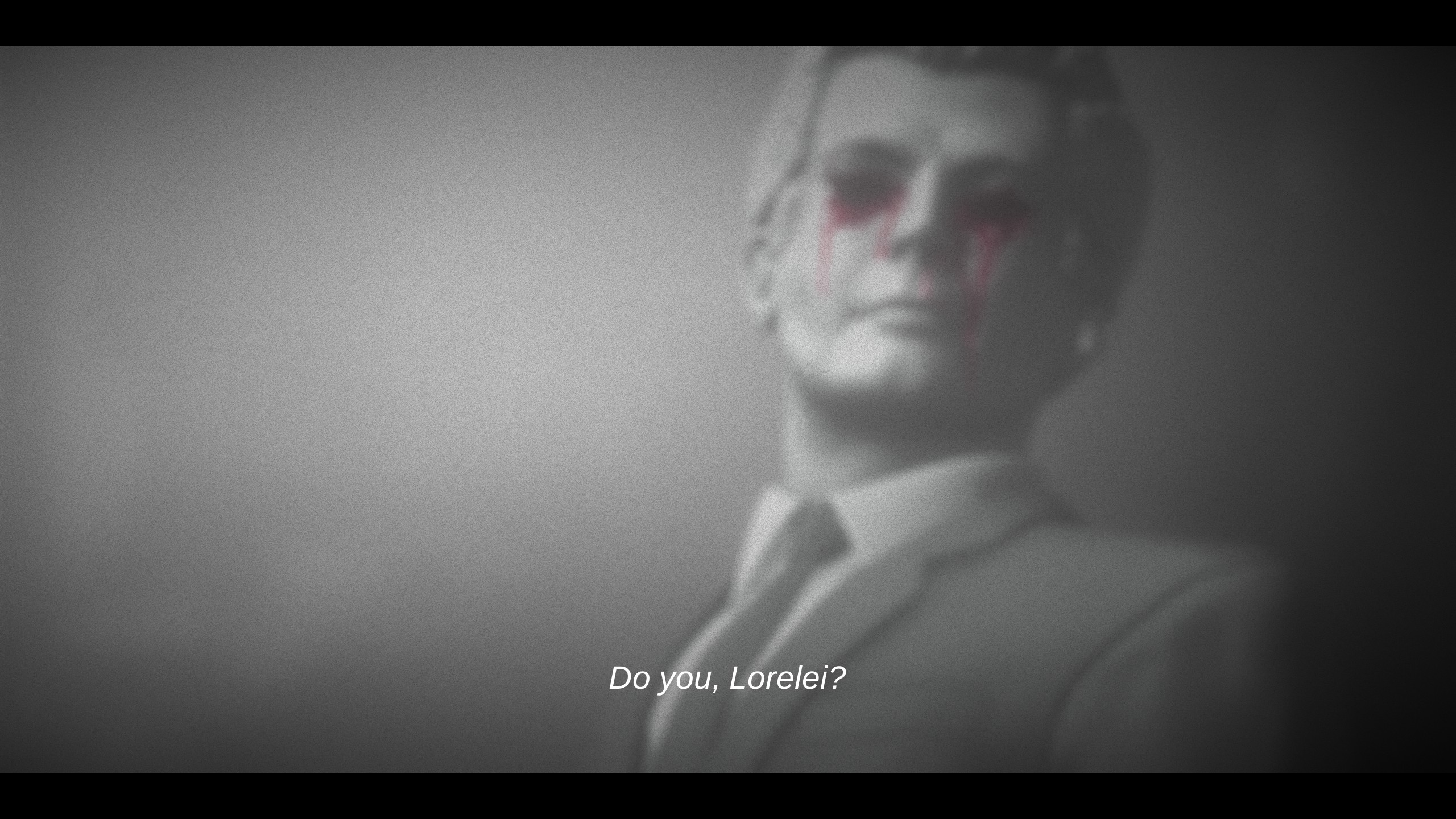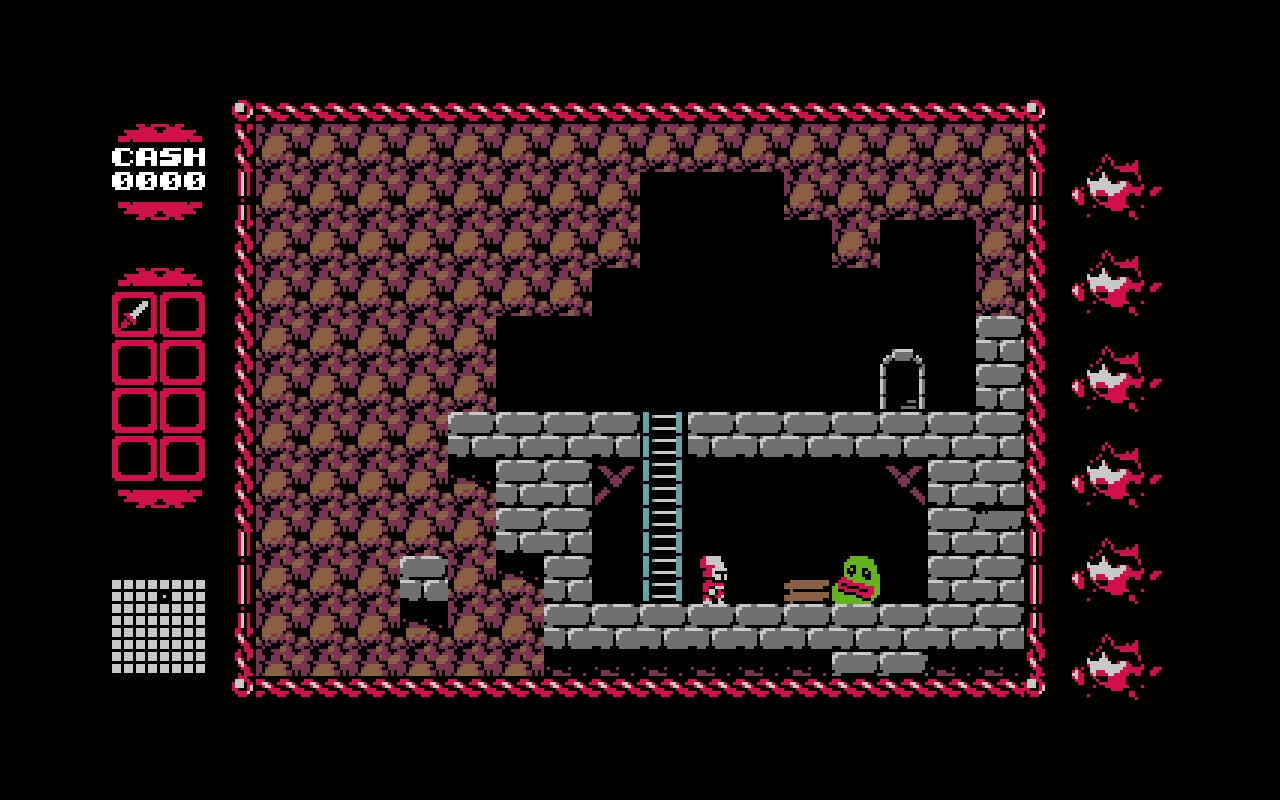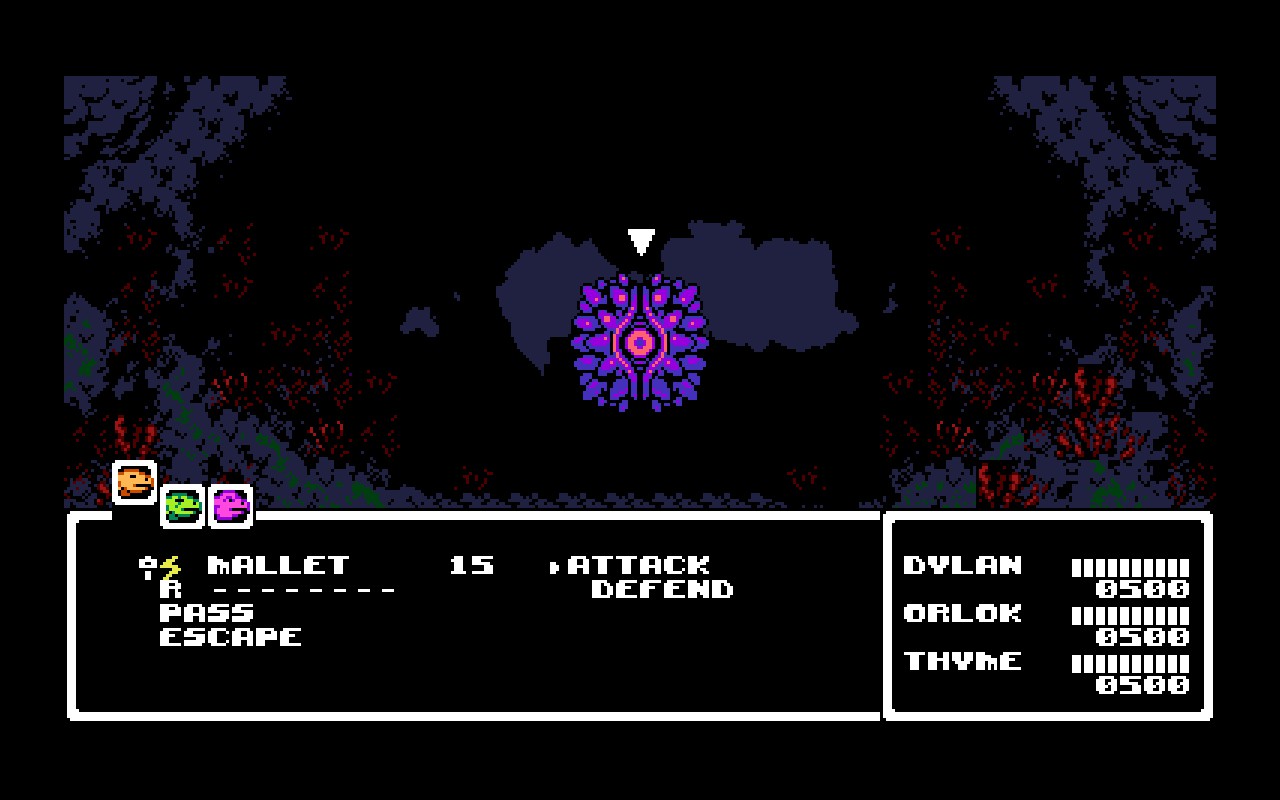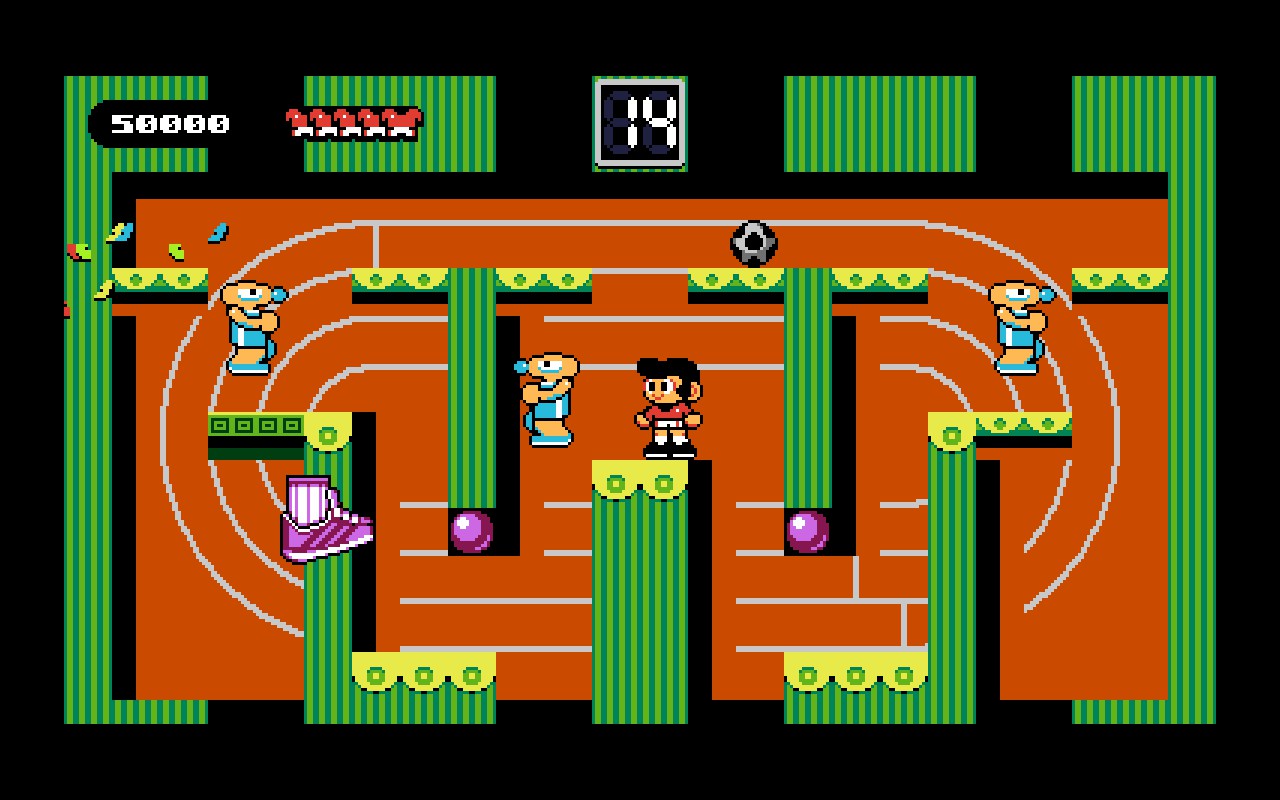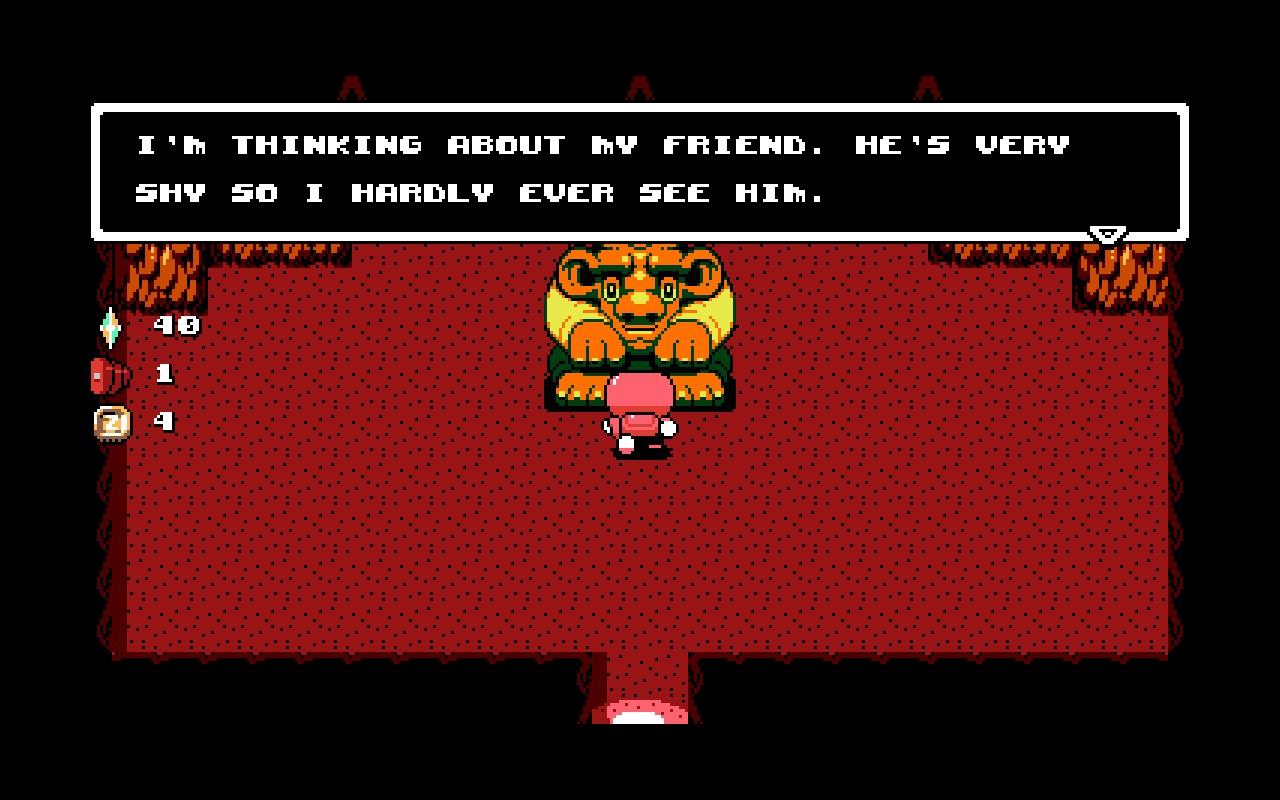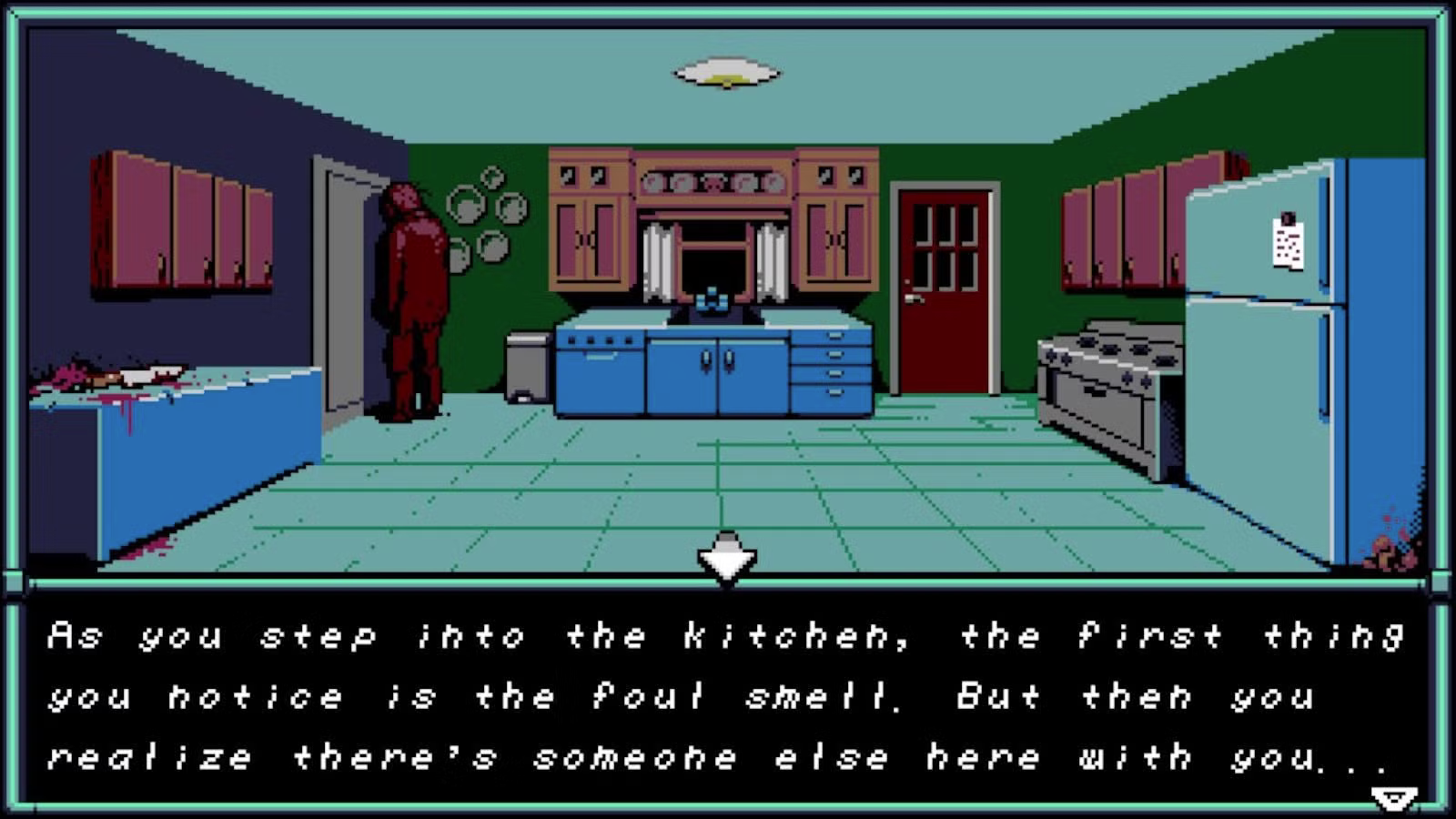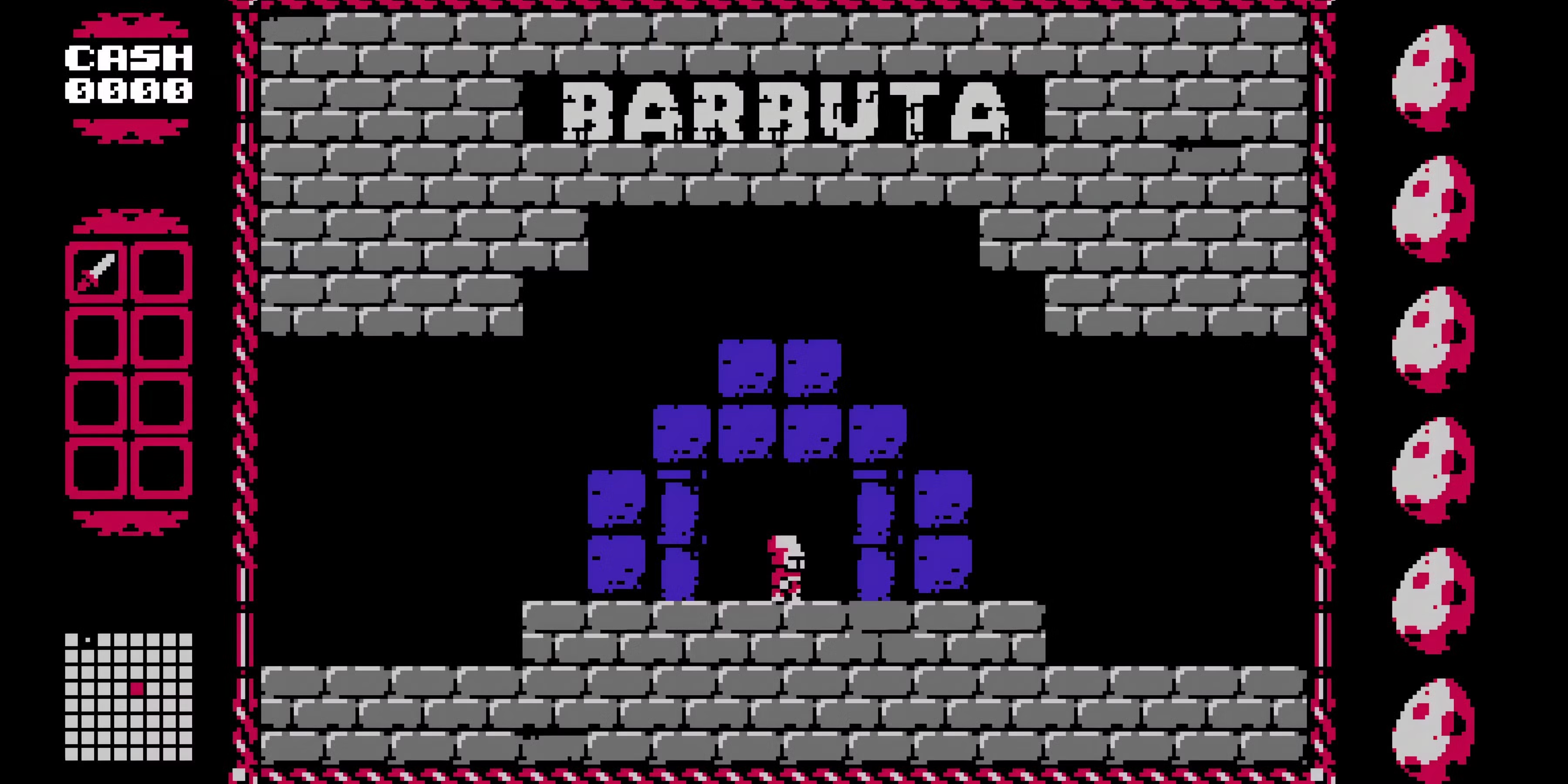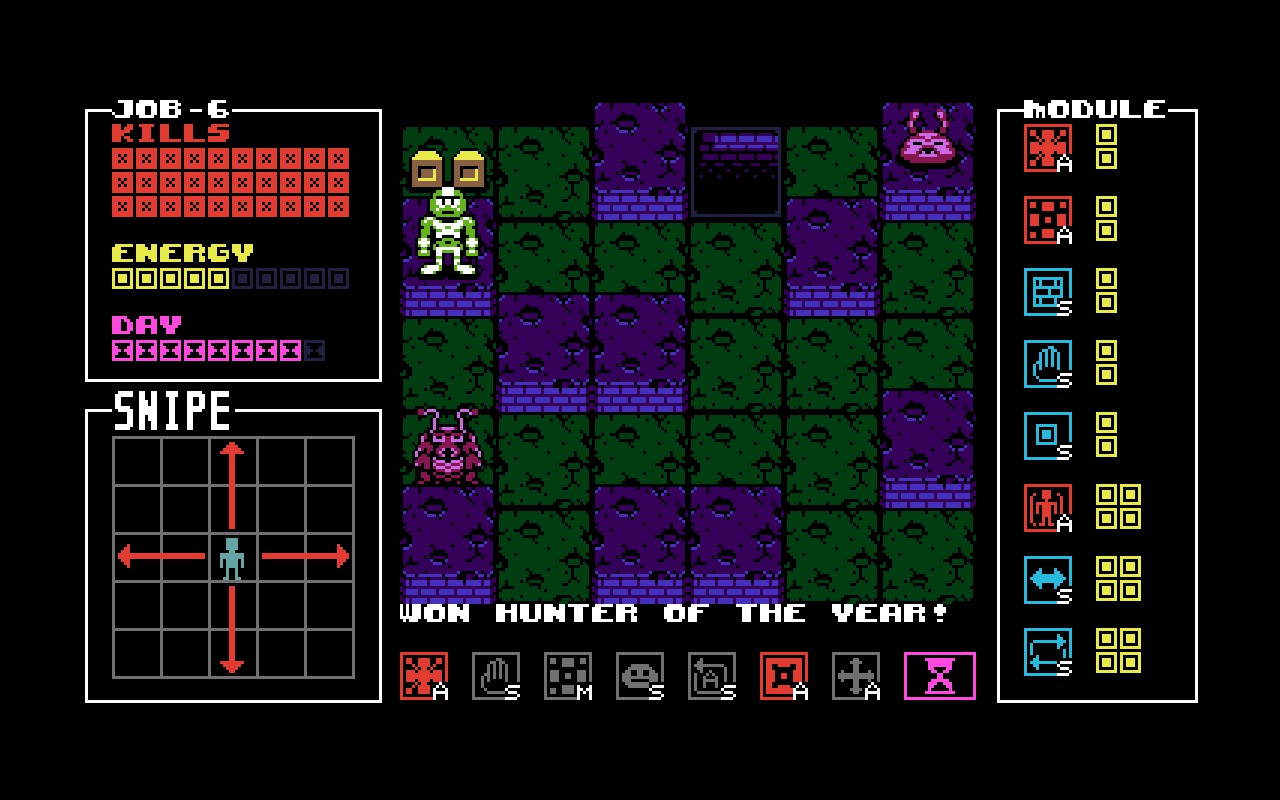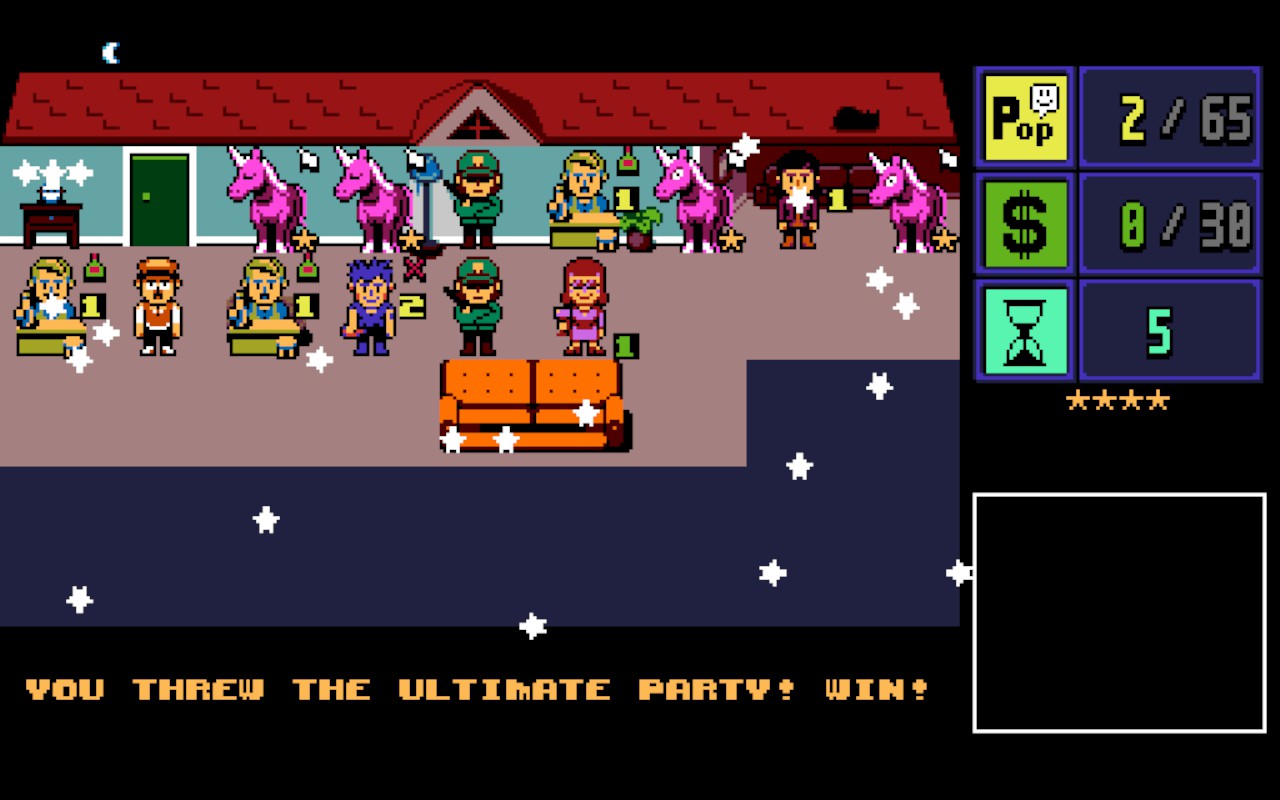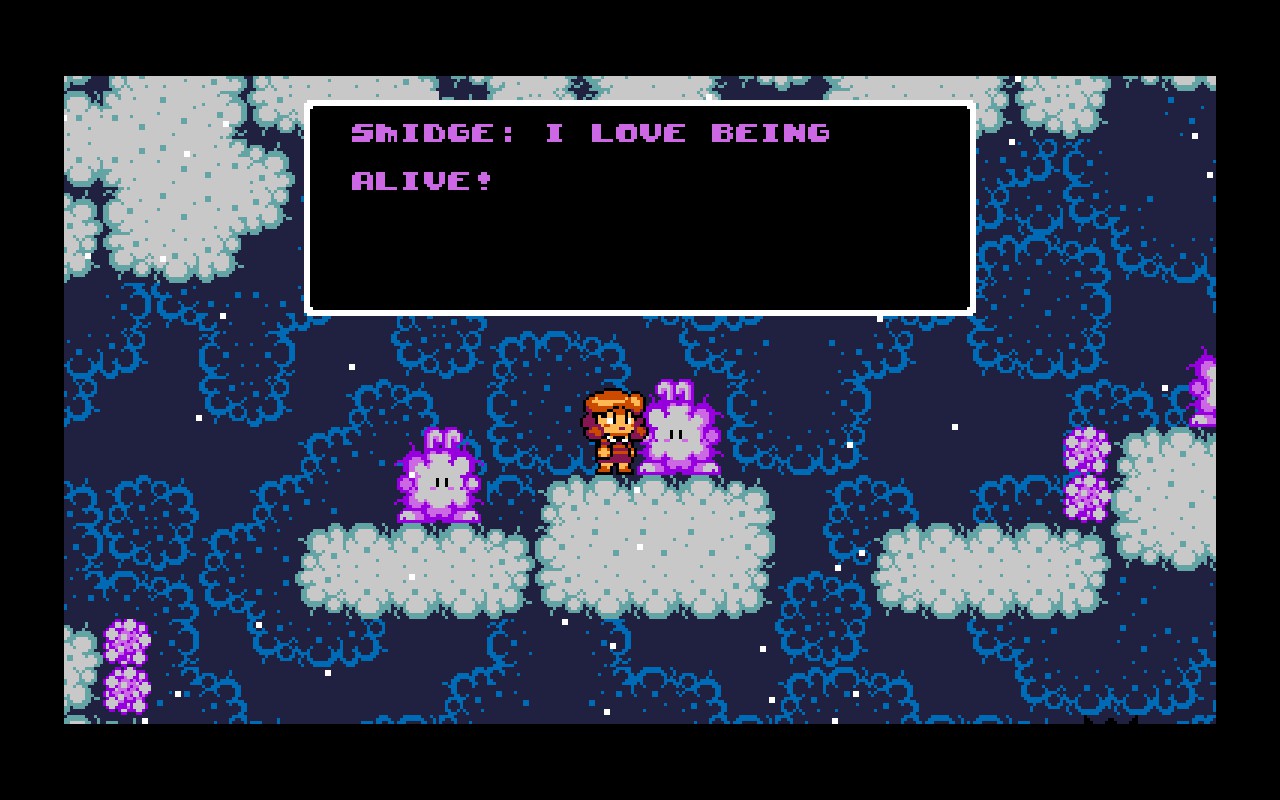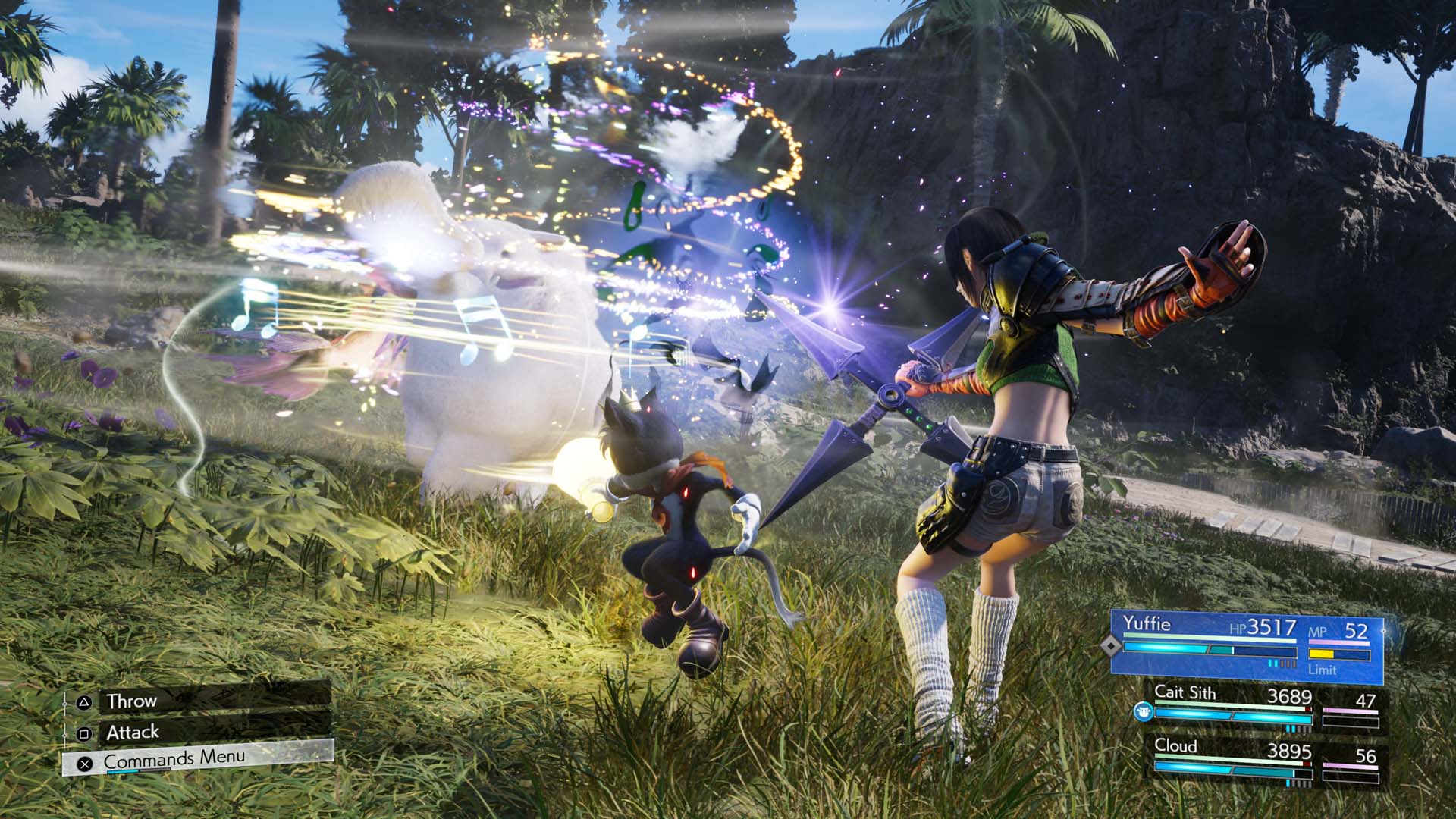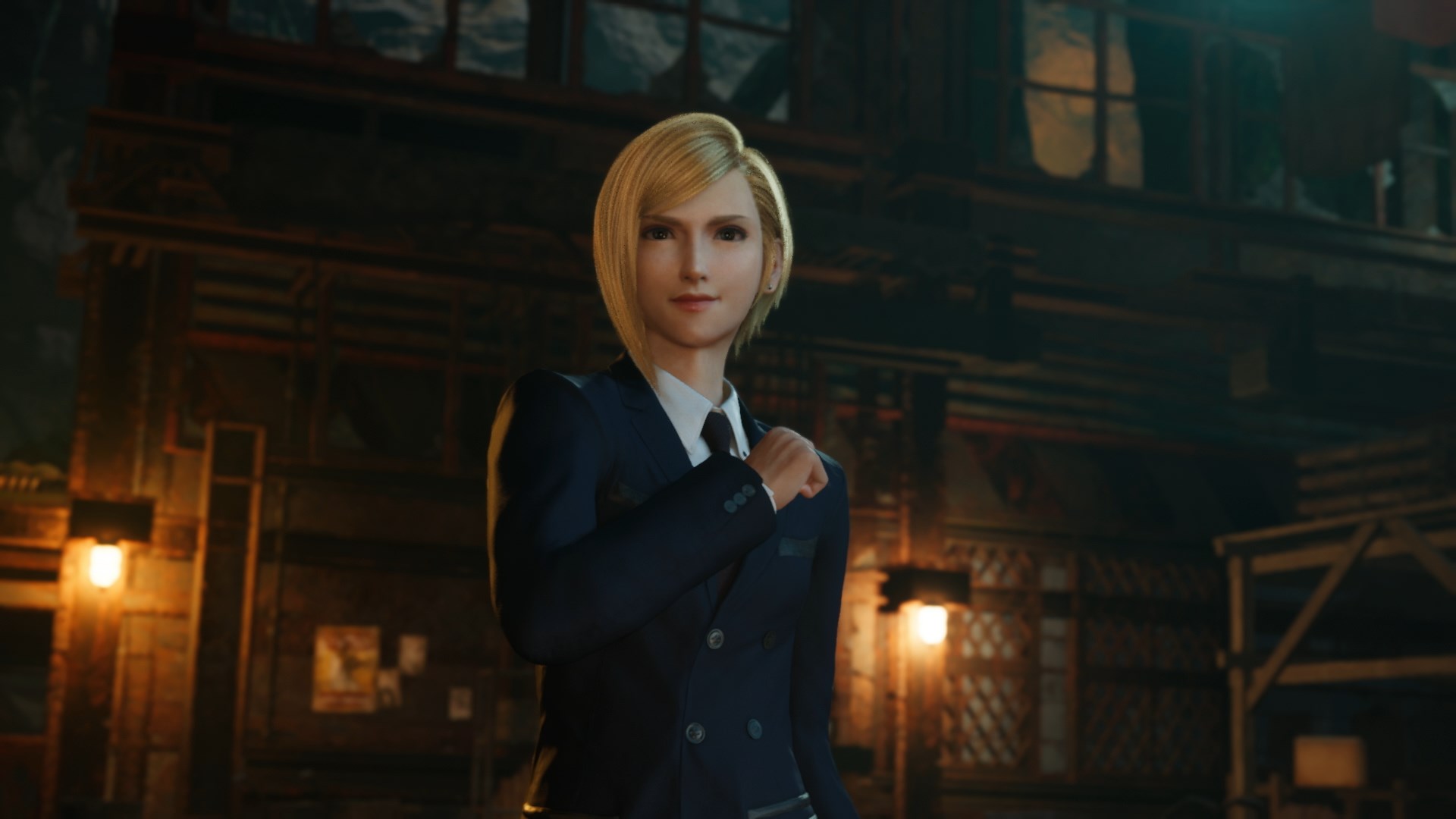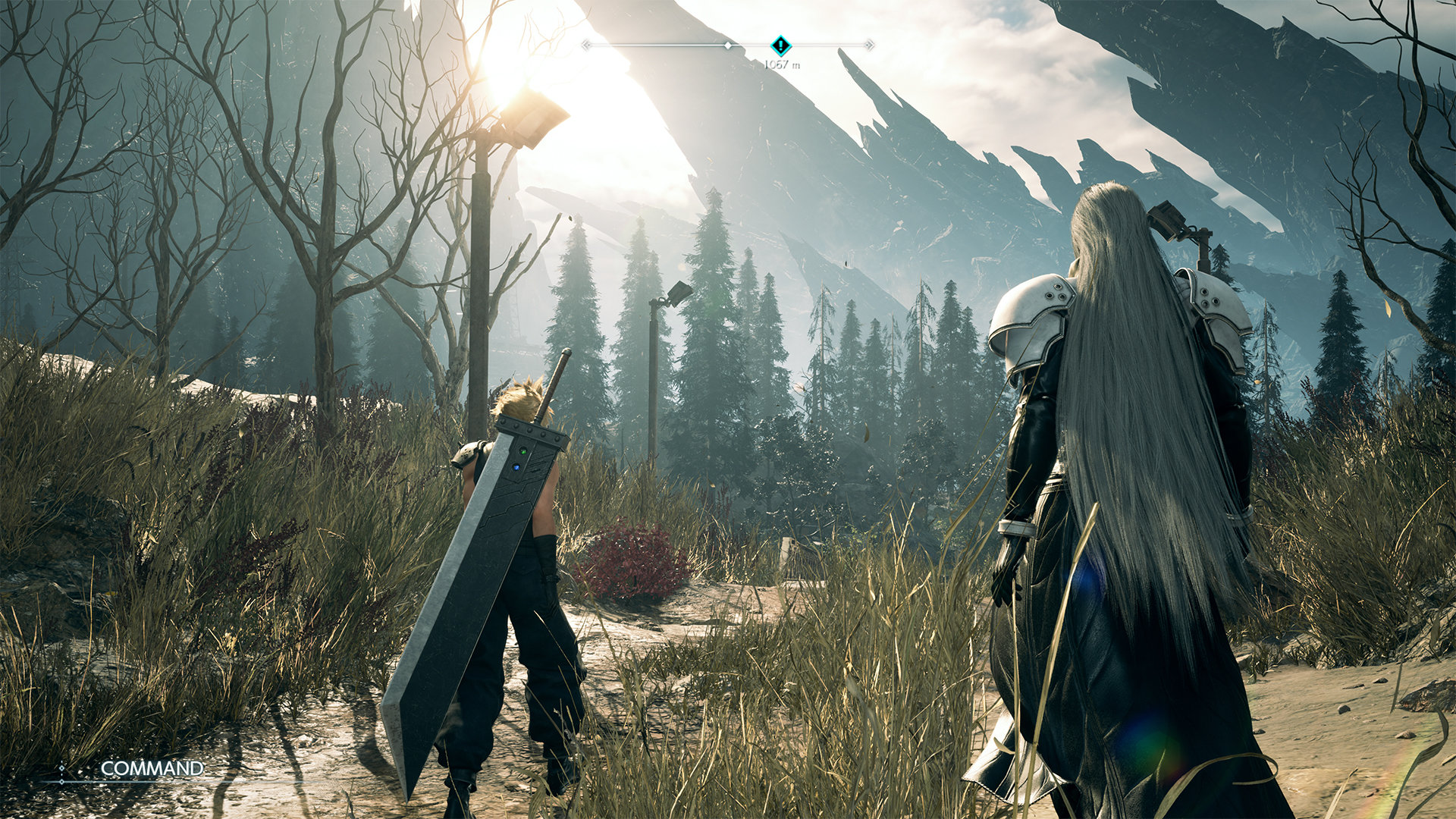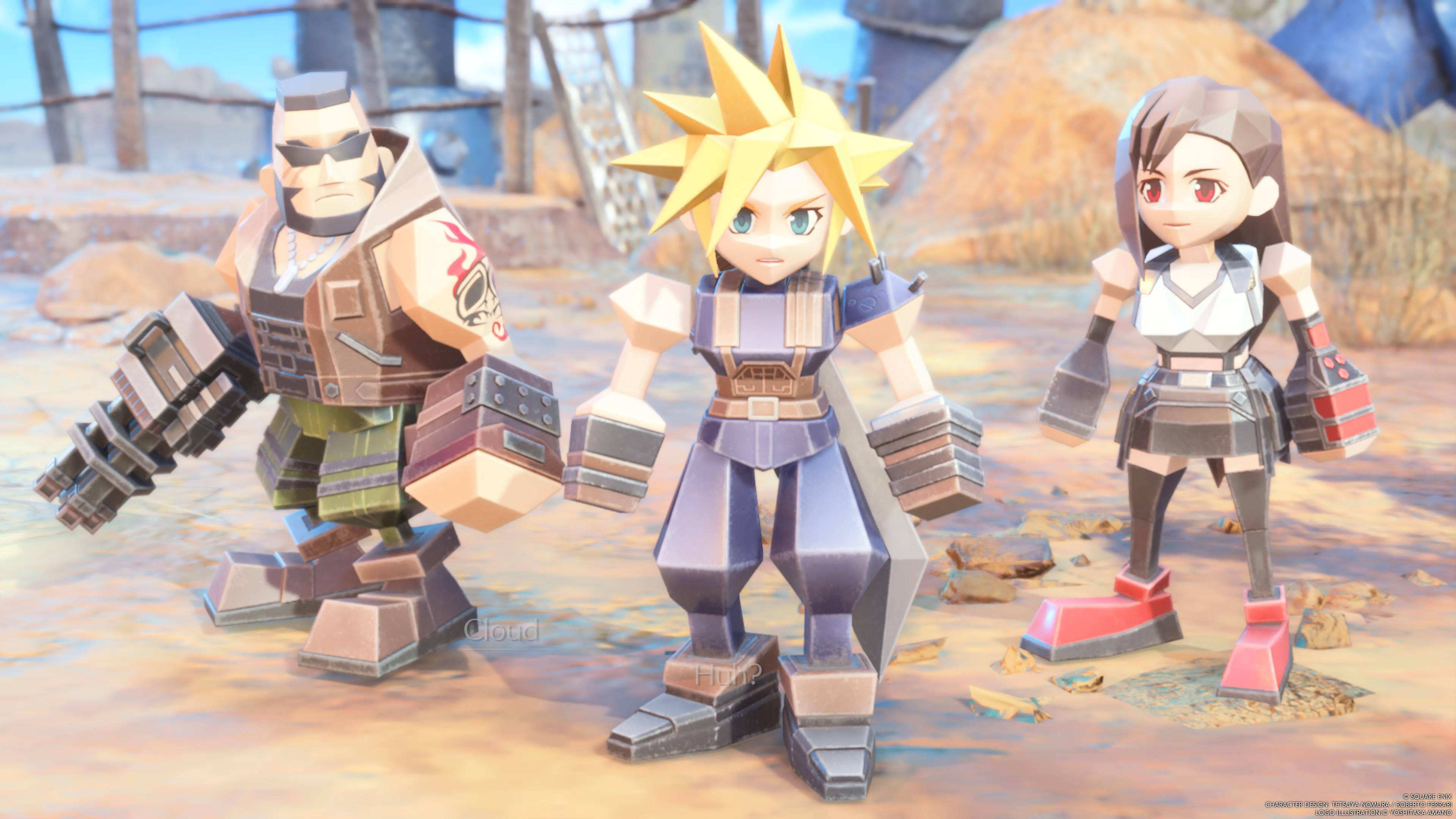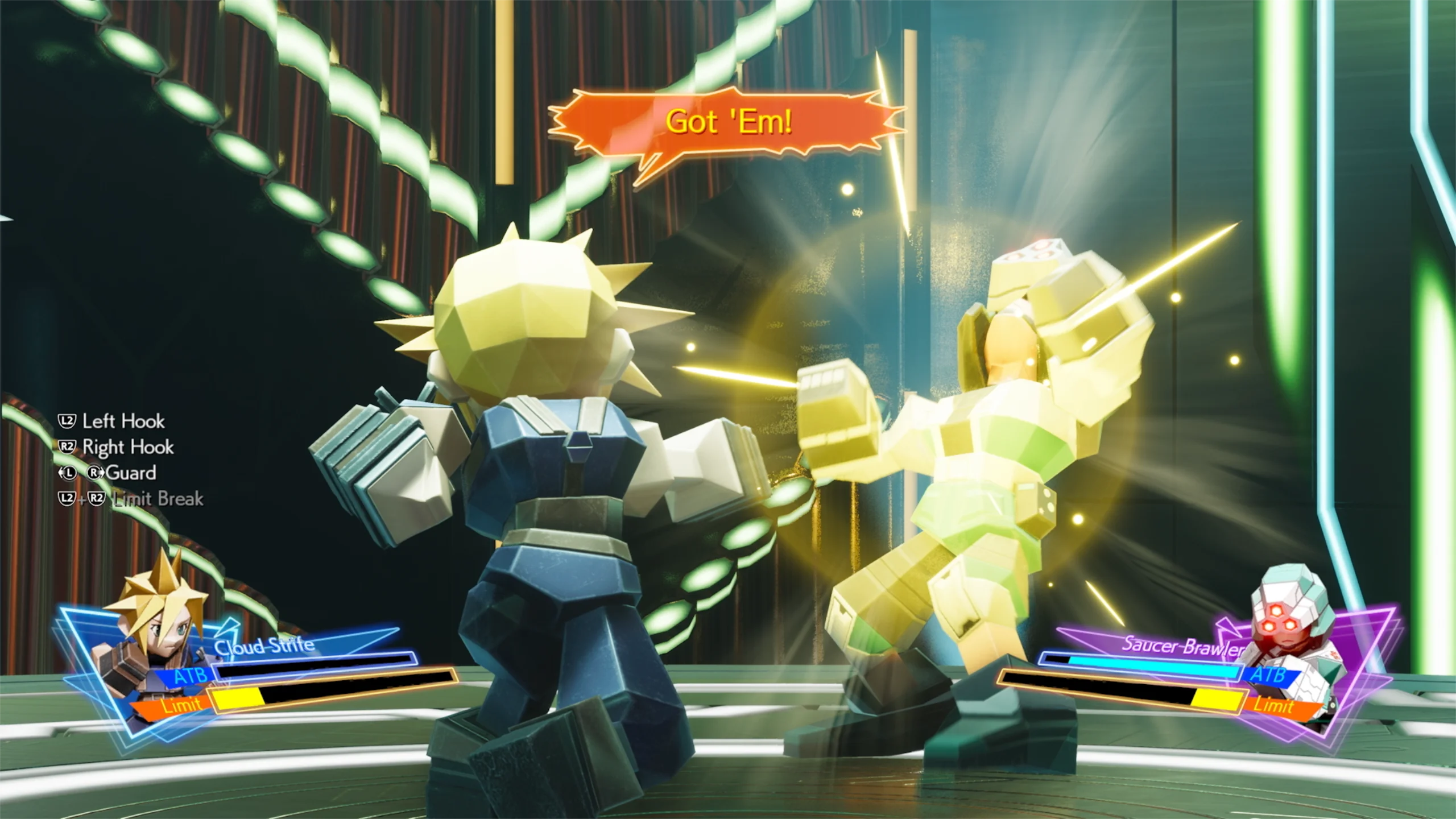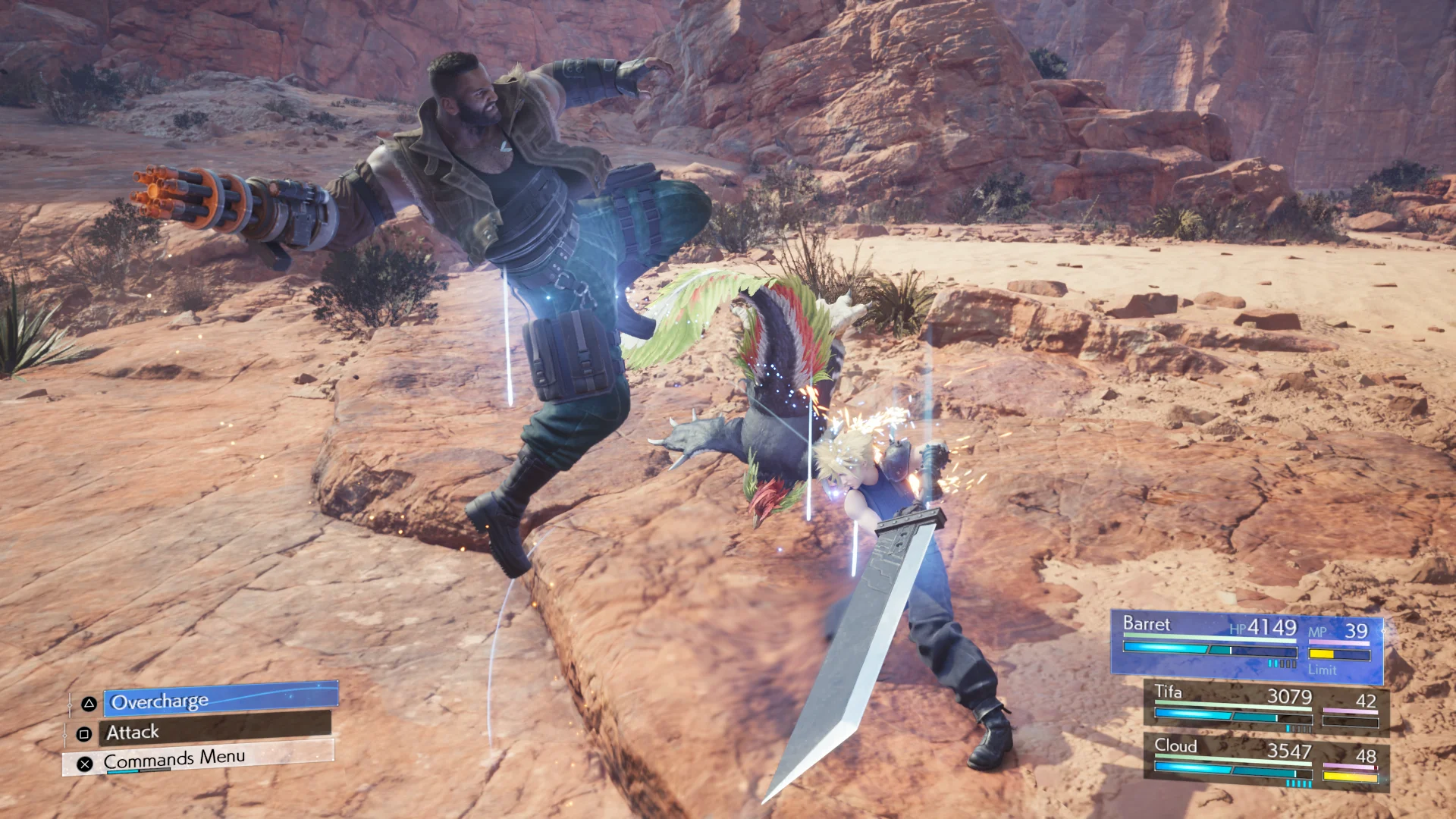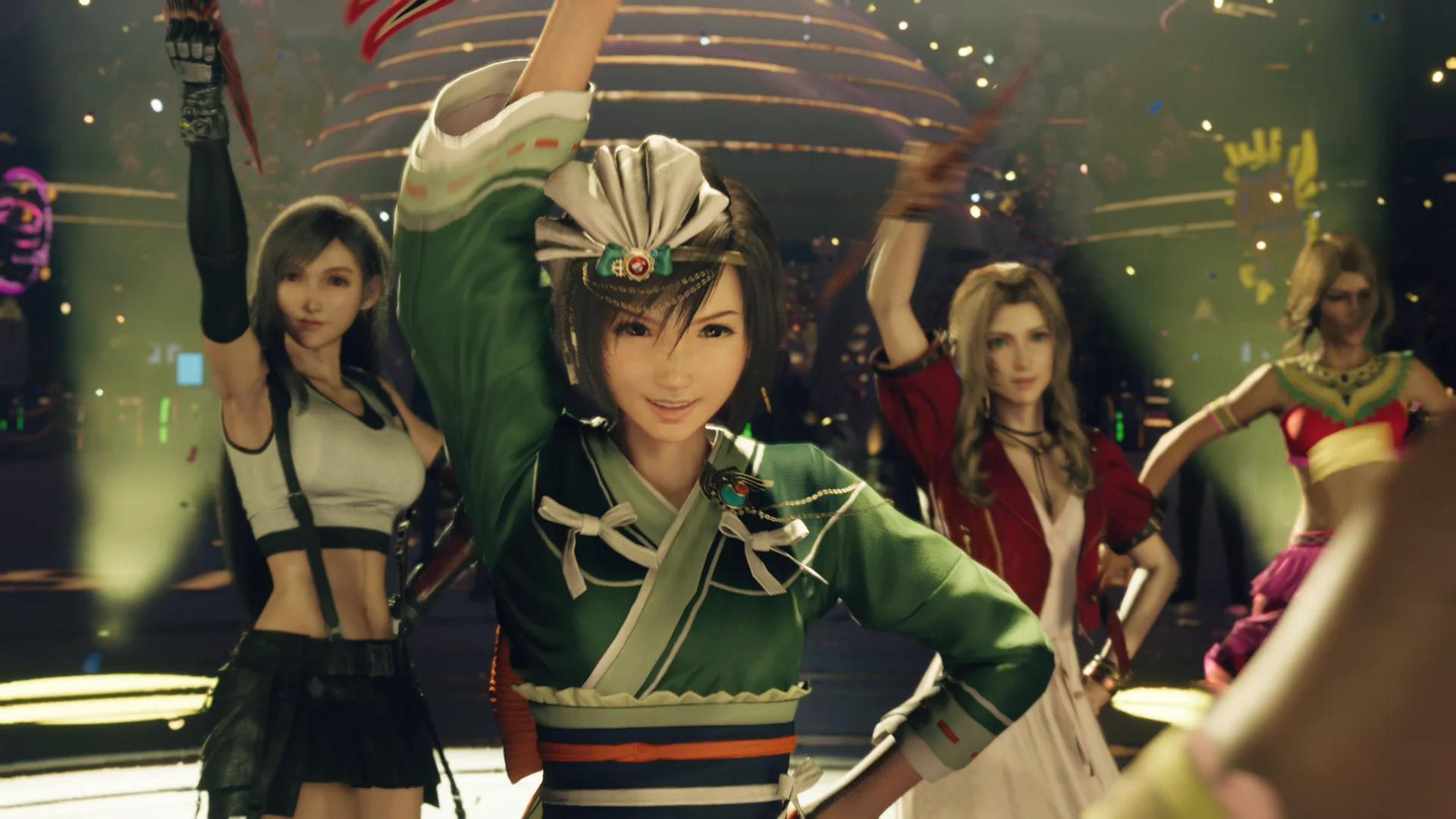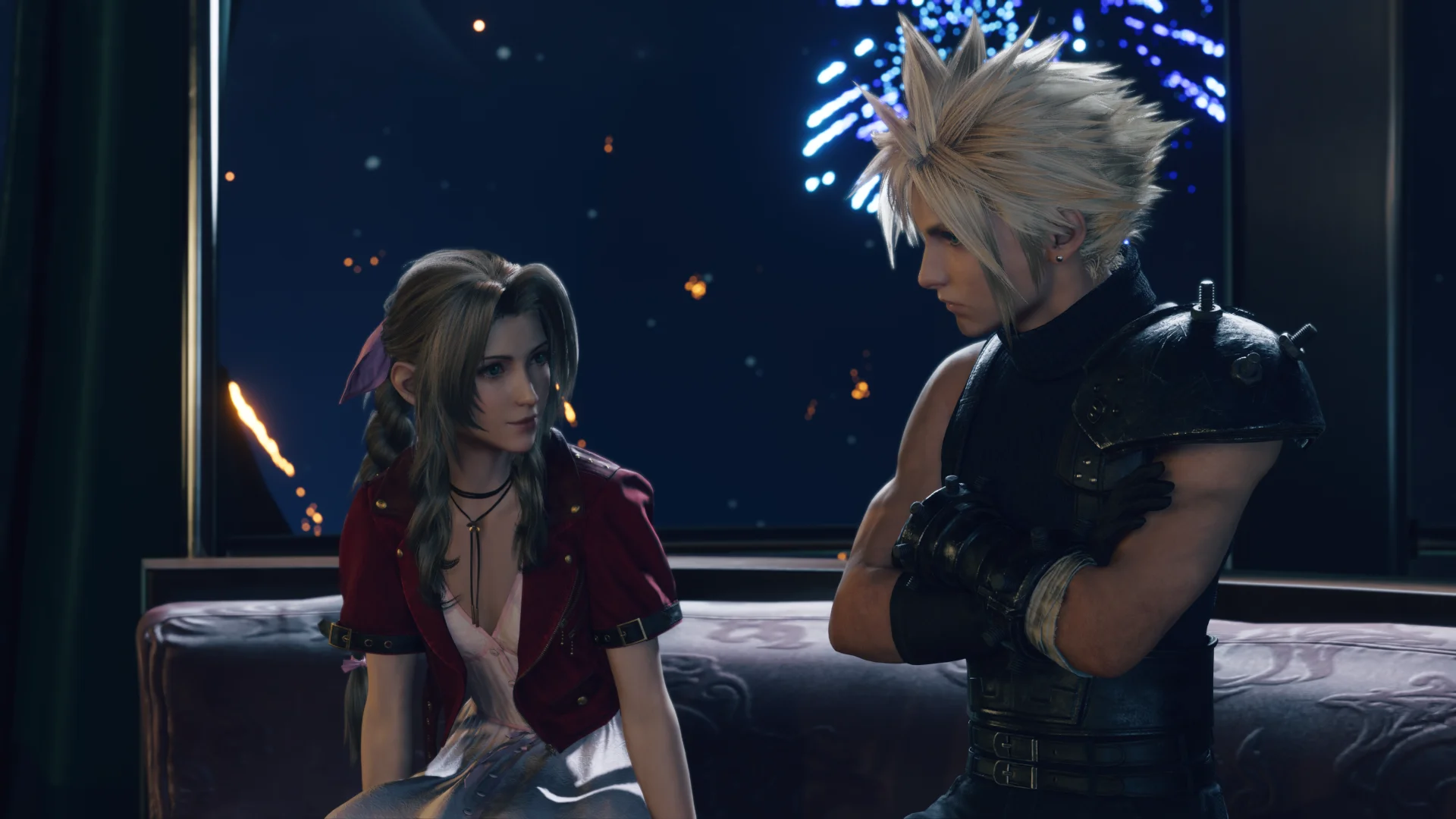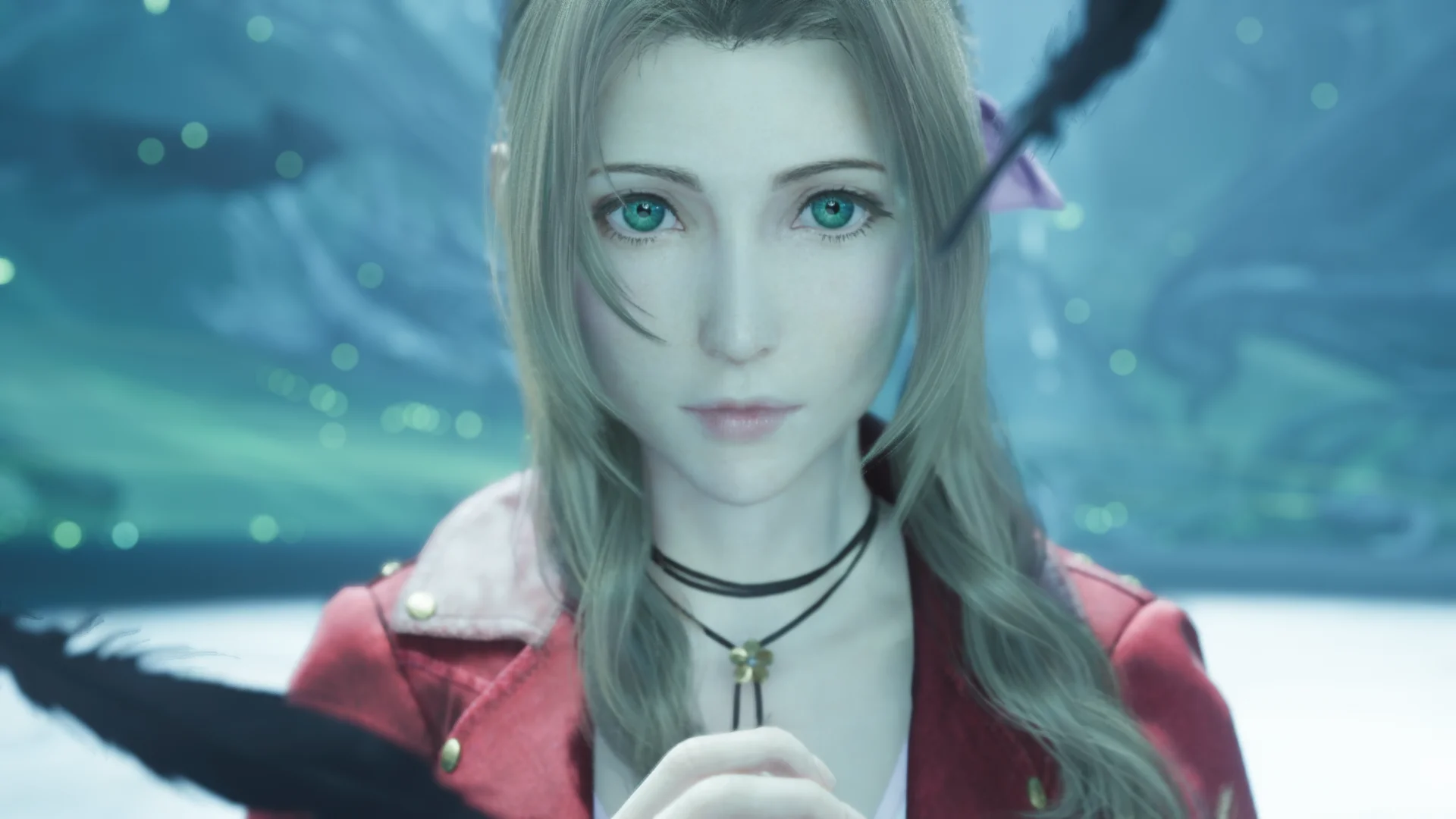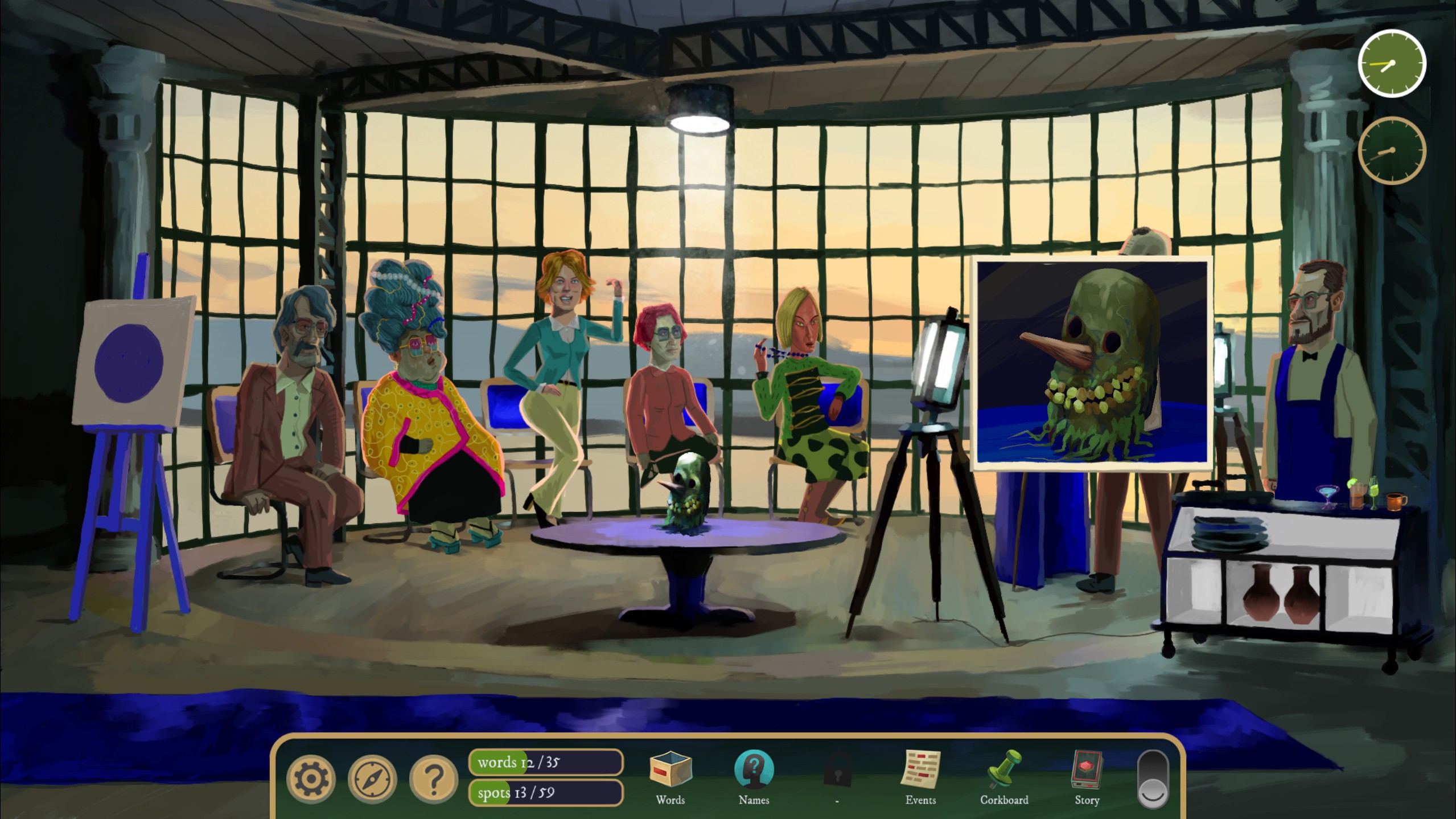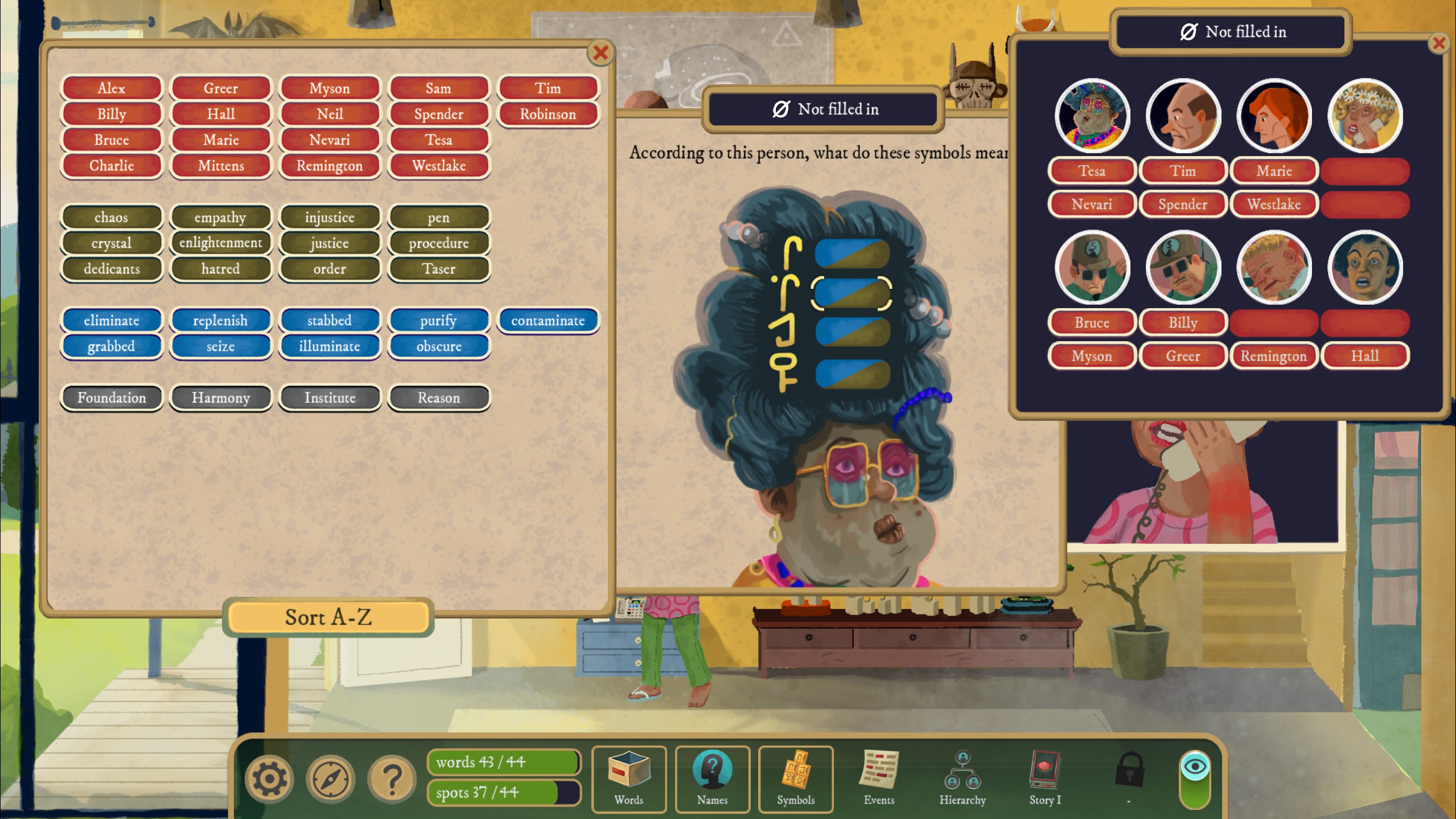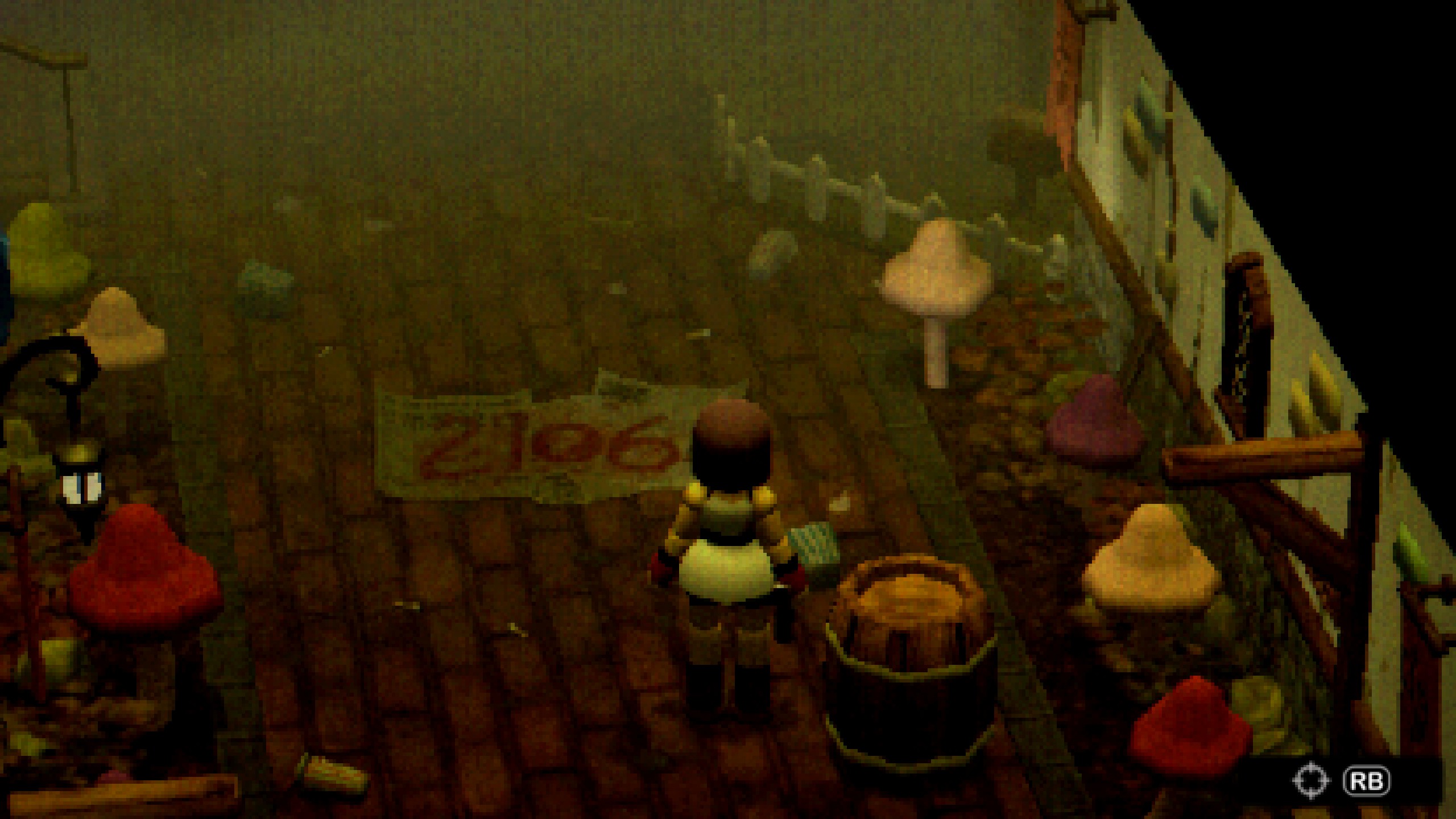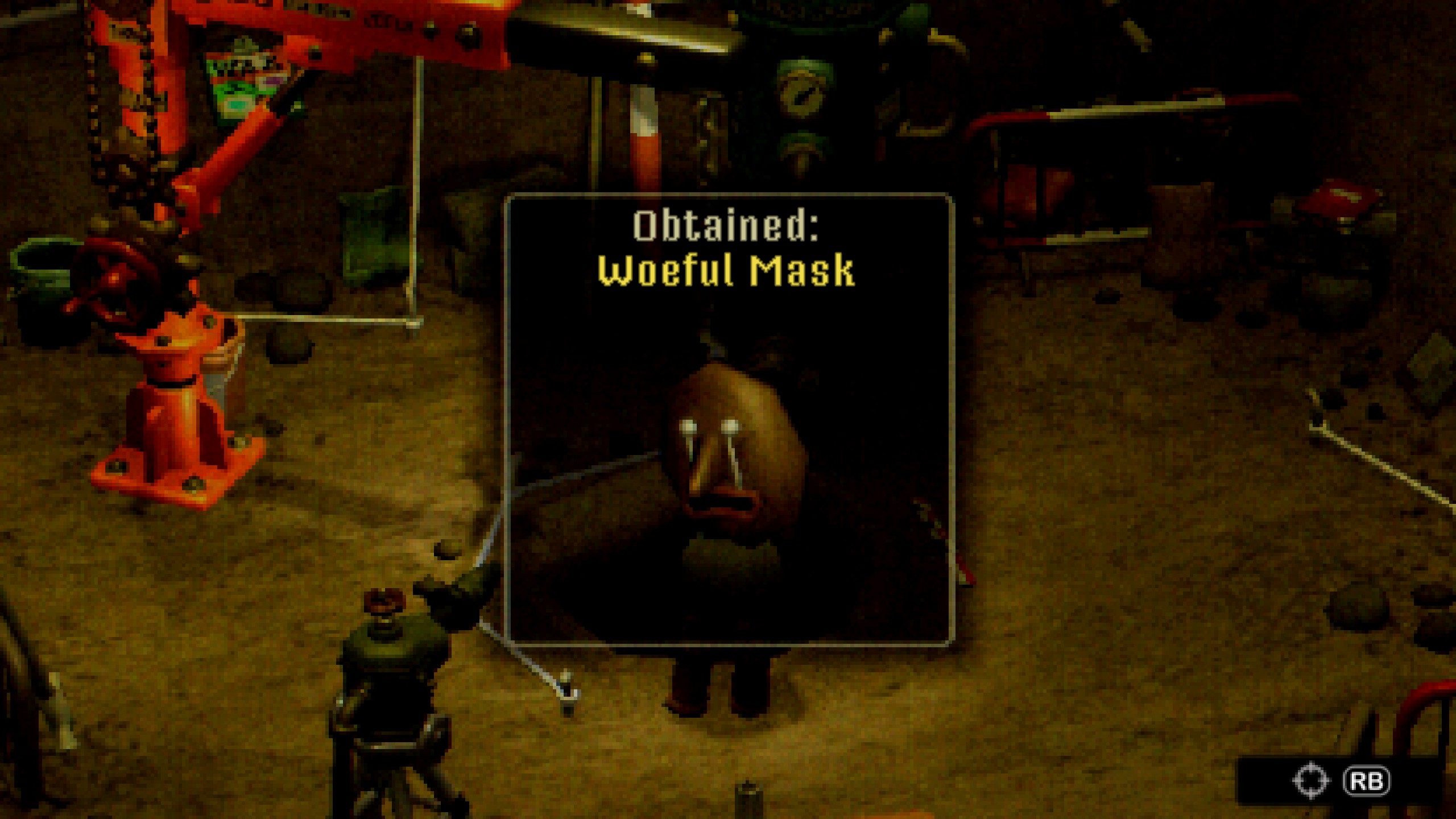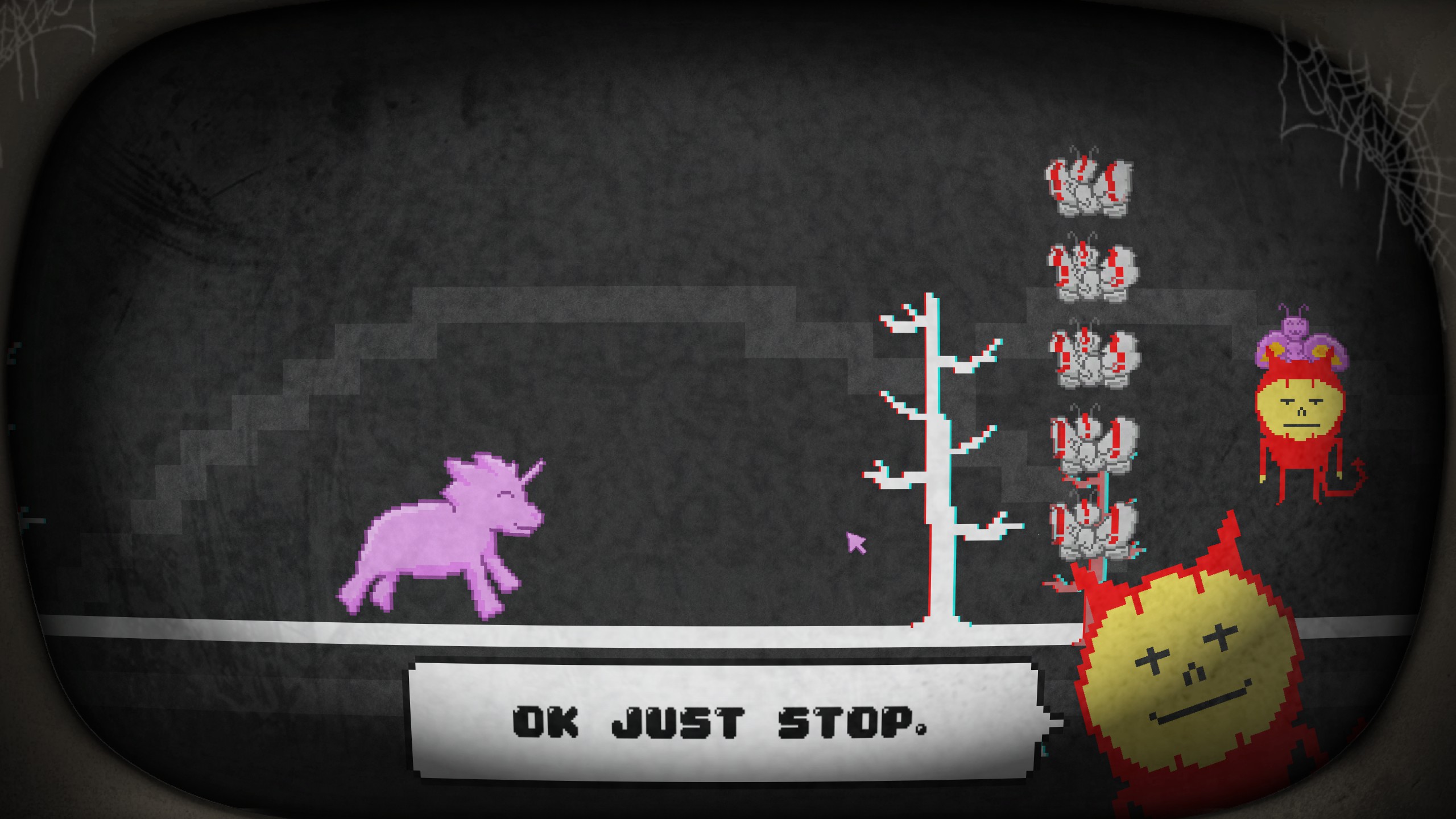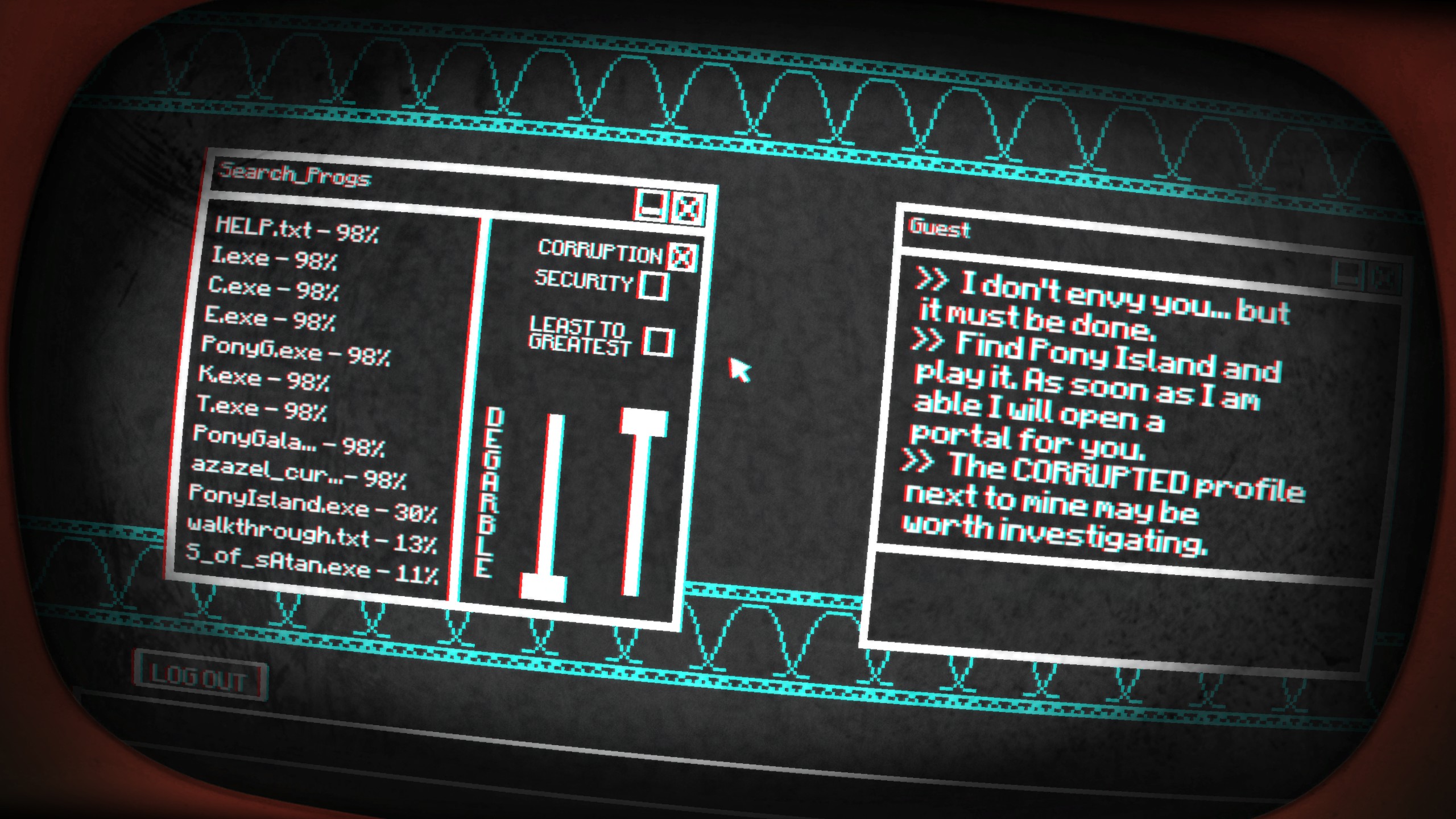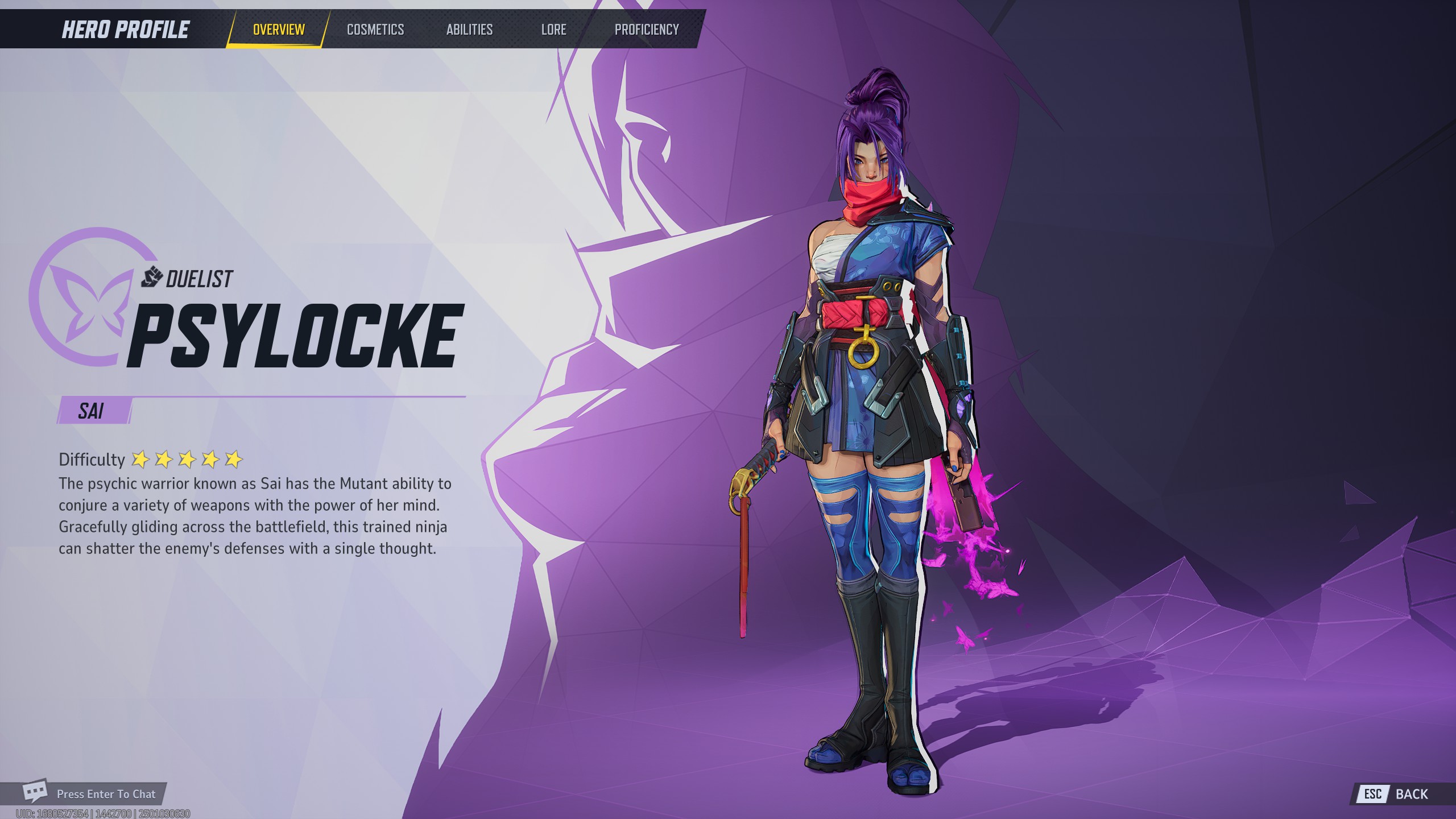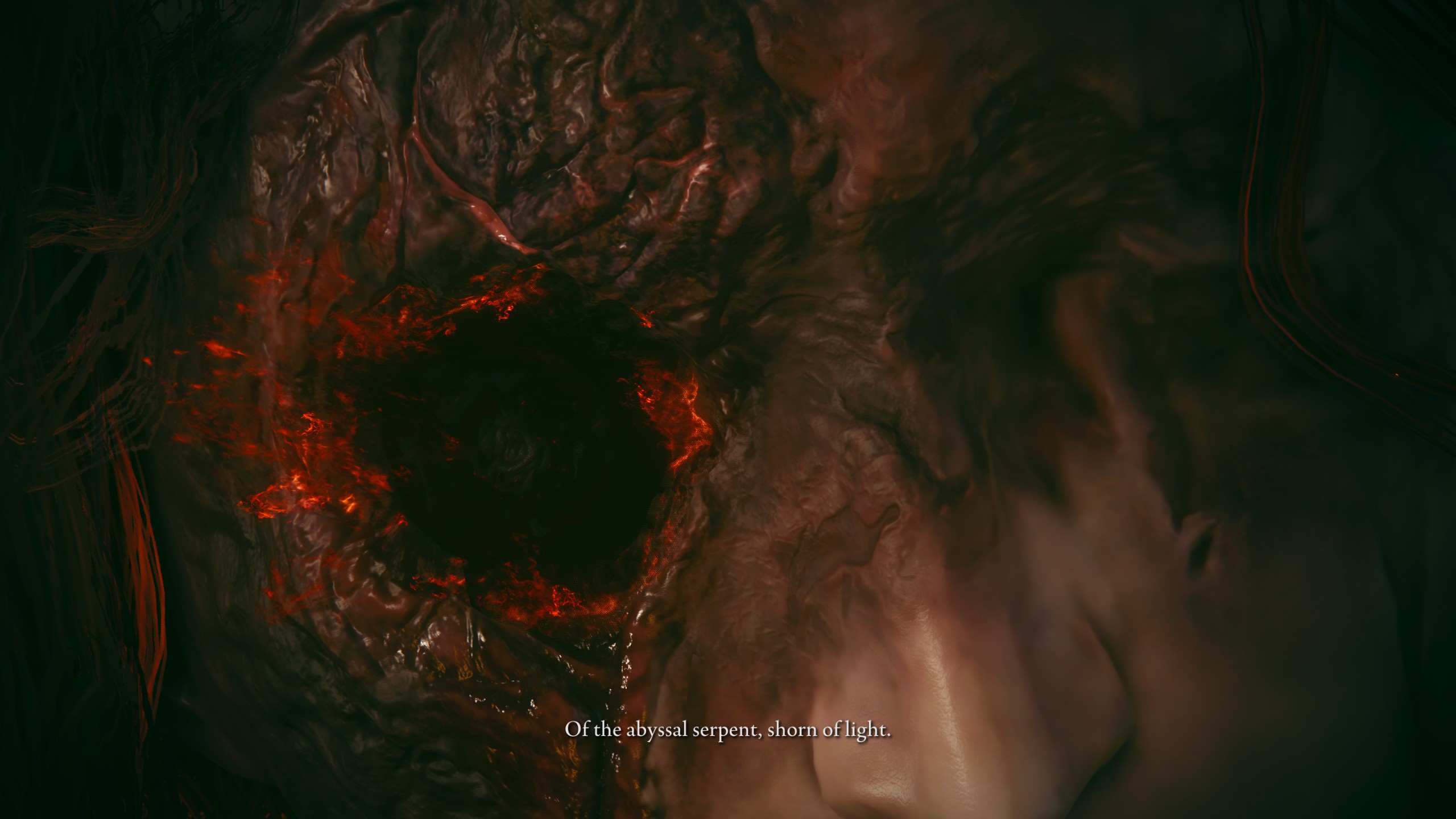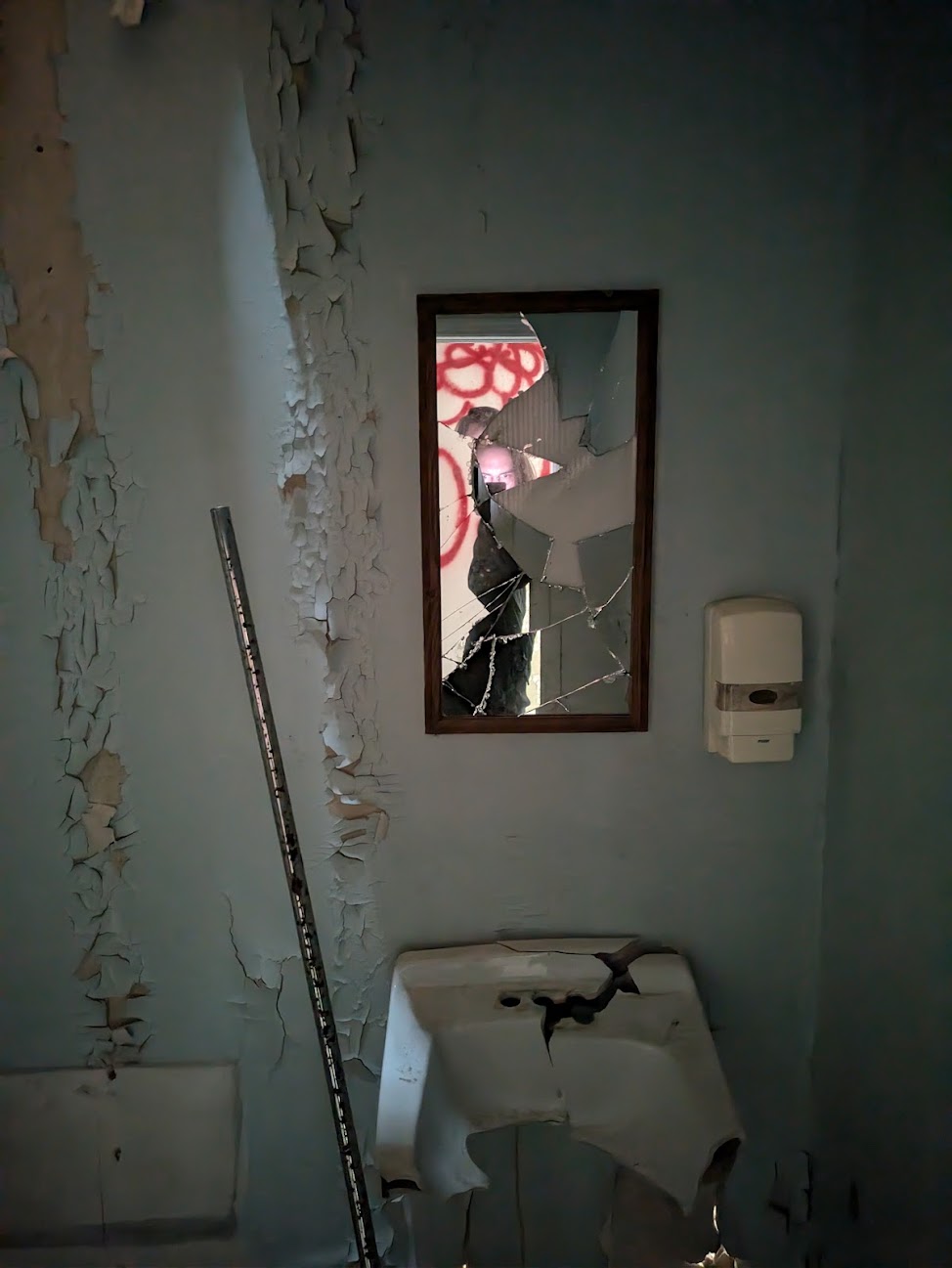
The inaugural Lotus Eater Game of the Year post was: a Bit of a Drag. Although so many people in the gaming press had been aggressively enthusiastic about the quality of games in the year 2023, that had absolutely not been my experience. Of my top five games of the year, only one had actually been released in 2023 (Armored Core VI: Fires of Rubicon). Even considering those five, I could not bring myself to muster much enthusiasm—at least not the type and degree of enthusiasm I so regularly expeience in response to games. I have thought about this many times since writing that post. As alluded to in the write-up, 2023 was a very tumultuous and difficult year for me, for a variety of reasons. Perhaps my distaste for the Year’s Gaming Crop was more a somatic response to myself than to the Harvest. Or perhaps I simply chose the wrong games to play.1
Well, I am pleased to report that: no, I was absolutely 100% correct. My eyes are completely unclouded by emotion or bias, my game-evaluation faculties are absolutely perfectly-calibrated, and my impeccable taste hasn’t dulled a lick since I was 8 years old. It turns out that you can feel essentially like shit and still enjoy videogames, sort of, kind of, most (some) of the time. Hence I am pleased to report that 2024’s Harvest is good as hell baby, the whole village is gathering around the cornucopia, we’ve got all the games in the big Horn of Plenty, we’re doing a fairly simple but nonetheless-impressively-coordinated little circle kick dance around it.
I am mostly sort of partially kidding.2 I had a bunch of irritating medical issues that did actually make it difficult to play and enjoy videogames in an effective manner for much of this year, which will become more clear throughout the remainder of this post. My Head became a little Clearer in the final quarter of this year, which did actually help me to focus more on what is truly important in this life: Gameing. Before that, I did often find myself unable to muster the focus or energy necessary to engage with long-term high-investment games. The fuse that I did have, I often burned instead for Netrunner.3 I spent a great deal of time this year on organizing events for my Netrunner community, including a large national championship, which I found to be both extremely edifying and somehow more manageable than clicky-button-pressy.
In spite of all that, I am pleased to report that I played a great number of very good games this year and a handful of games that were otherwise-interesting. I also started a game that probably would be my Game of the Year, if I had had more time to play it before writing this. I played a silly free-to-play phone game, a silly free-to-play computer game, and I spent a shocking amount of time on the underrated word-puzzle mobile game Knotwords.4 I tried to play Steamdeck in one of the most beautiful places in the world but it was too sunny. I talked about games while exploring an abandoned theme park. I visited a once-beloved arcade in New York City and saw first-hand just how far it had fallen from grace. Without really meaning to, I visited the United States four separate times and saw two different cities that I now like.5 I also saw a really good magic show.

Alright, enough pissin’ around. That was for 2023, when there weren’t any good games. Not this year. I don’t even have to write any meta-commentary about Game of the Year lists this time because I already covered that last year and in the guest post. To quote one of 2024’s most venerated women: Let’s Ride.
LIES OF P
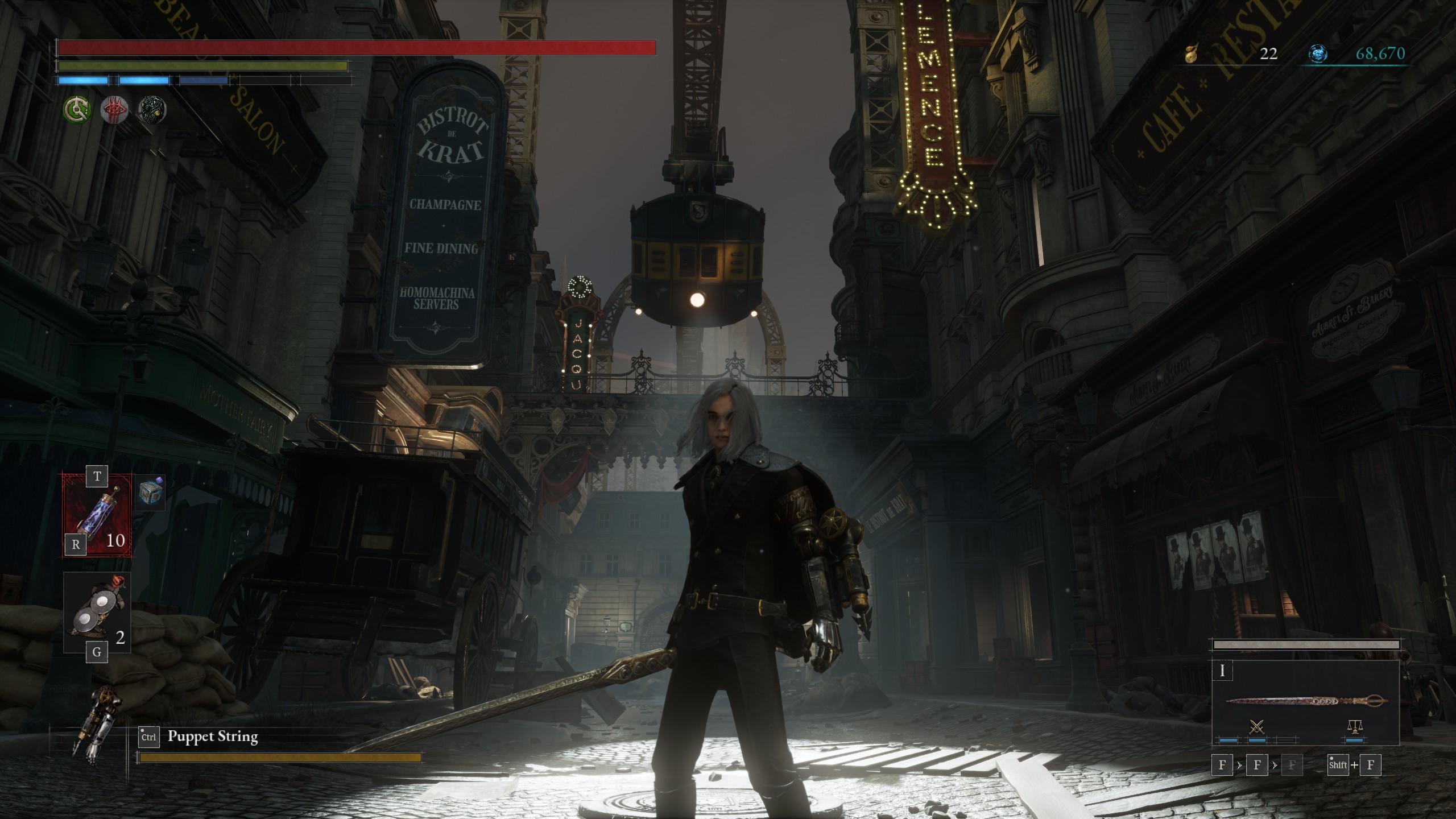
Let’s start things off simple: I already said basically everything that I needed to say about Lies of P. The log line for that post was “I accidentally started playing my favourite game of 2023 on January 1, 2024.” and boy was that correct. Fortunately or unfortunately, depending on your perspective, I did not play so many good games in 2024 that Lies of P would be robbed of its laurels. For those both uninitiated and uninterested in committing to an entire separate 10-month old blogpost, here is a very quick explainer of Lies of P: it is sort of like Pinocchio (the novel), sort of like Bloodborne (the videogame), and sort of like Bioshock (the game every media person decided they hated in 2022). You play as a handsome little twink-puppet who fights with a variety of weapons, his mechanical arm, and something ambiguously labeled his “P-Organ.” Combat is fast and rhythmic and encourages players to rely more on parrying than on dodging or blocking and this is generally quite successful.6 The plot itself is not the star of the show but the tone and style absolutely are, with a haunted Victorian steampunk world-feel that has stayed with me for far longer than I had anticipated.7
As for new things to say about Lies of P, there is not much, but I can say this: time has only sweetened my feelings towards the game and sharpened my excitement for the follow-up DLC. I can also say that of the two “souls-style” games that I played for the first time this year—Lies of P and Shadow of the Erdtree—Lies of P resonates far more in my memory. Of the two experiences, Lies of P felt far more complete, far more distinct, and like much more of a complete and soundly-executed project.8 Lies of P still feels like the first FromSoft-style game not made by FromSoft that everyone can agree is Worthwhile.
LORELEI AND THE LASER EYES
Let me tell you something that sounds like a jape or a bit or some other frivolity but is absolutely as serious as the grave: my ideal existence is to wake up each day and have to solve some set of enrichment puzzles designed for me by some Benevolent Heirophant. Ideally, these puzzles would be exquisitely-designed but viciously-obtuse—so obtuse, perhaps, that I was not always certain when I was or was not engaging with a puzzle. The remaining hours of the day would also be scheduled for me by the Heirophant (e.g., exercise, music rehearsal, language-learning) and I would never have to make any decisions outside of how to best complete my life-defining task: solving my enrichment puzzles. Lorelei and the Laser Eyes is the incredibly rare sort of game that gives me a peek into existence: what would it be like to be so deeply swallowed by a puzzle that it comprises absolutely everything around you?
Lorelei and the Laser Eyes does not tell you where or when it takes place. It does not tell you who the player character is, nor does it tell you what her goals are. Characters speak to you in riddles, errant information is strewn carelessly (carefully?) about, every door appears to be locked, and you’ve got a tampon in your inventory that just won’t interact with anything in the environment. Based on that description alone, you likely know whether this is a game that would enrapture you or send you screaming. As you have by now surmised, Lorelei and the Laser Eyes is rated E for Extremely my shit.
I have a lot of hyperbolically-positive things to say about Lorelei and the Laser Eyes. I also have some more complex ideas about why it is so singularly-impressive. The unifying theme of these two topics is that Lorelei is an incredible clockwork machine that is unbelievably-good at understanding its players, despite presumably having limited access to resources in the form of playtesters.9 The designers clearly have a very deep and apt lay/intuitive psychological understanding of the players of this game, as it is never holds your hand, is often quite challenging, and yet I always felt well-equipped to handle its obstacles. Even though puzzles often required advanced lateral thinking or deep hours-past memories, I always felt like I could handle everything (with a little effort). The puzzles basically never had “what the fuck?”-style unfair solutions, which is itself an achievement. They also manage a shocking level of puzzle diversity, allowing you to scratch so many different nooks of your brain, often reaching into crannies that videogames almost-categorically avoid. There are word puzzles and number puzzles and perspective puzzles and syllogistic puzzles and there are also a shocking number of other games packaged into Lorelei. Somehow, through all of that, the game also has a striking tone and aesthetic, a lovely story, and plenty of touching or hilarious moments. Lorelei and the Laser Eyes is very Important and very Impressive and often seems sort of Impossible.
I can say that the (literally) incredible aptitude for player psychology demonstrated in this game was not always matched by its user experience, however. Other than directional inputs, Lorelei uses only a single button for everything: open a menu, interact with the environment, confirm, cancel; everything. This can make the game shockingly- and strangely-tedious to play. I do not know why the developers chose this bizarre control scheme—perhaps to make the game more port-able to mobile platforms?—but it makes menu navigation deeply unpleasant in a game that is about 40% menu navigation. Even just having shortcut buttons for “Map”, “Inventory”, and “The menu for every piece of information you’ve ever encountered” would make the game so much more pleasant on a moment-to-moment basis. It is, ultimately, a small blemish on what is otherwise an absolutely remarkable achievement, but I think that that is what makes it so strange: it is such an unusual unforced error in a game that is so perfectly deliberate, considered, and careful.
I booted up Lorelei for the first time on a plane. I quickly realized that I would have to take notes (just as the game had warned me) but I did not have any paper on me. I used what I had immediately on hand: vomit bags.10 I scrawled notes and drew shapes and took down everything that seemed like it could eventually become relevant—which is a lot. My neighbour glanced at my schizoid logographs only occasionally and always politely, likely comforted by the fact that the middle seat between us had been left vacant. He was similarly-taciturn when we landed and I, uncertain whether they would be relevant later, stored both of the vomit bags11 in my backpack.12 For the remainder of my playtime in Lorelei, I happily and eagerly continued to take notes. By the time credits rolled, I had several pages of wonderfully-schizo phrases and drawings and patterns and numbers and questions. I spent some time looking back at each of my notes, reminiscing on how I used (or did not) use them, how lovingly-designed the puzzles were, what a beautifully-engaging experience I had just had. Months later, I still have those notes. I can’t seem to part with them. They seem to me evidence of something very important—if you can make heads or tails of them.
BALATRO
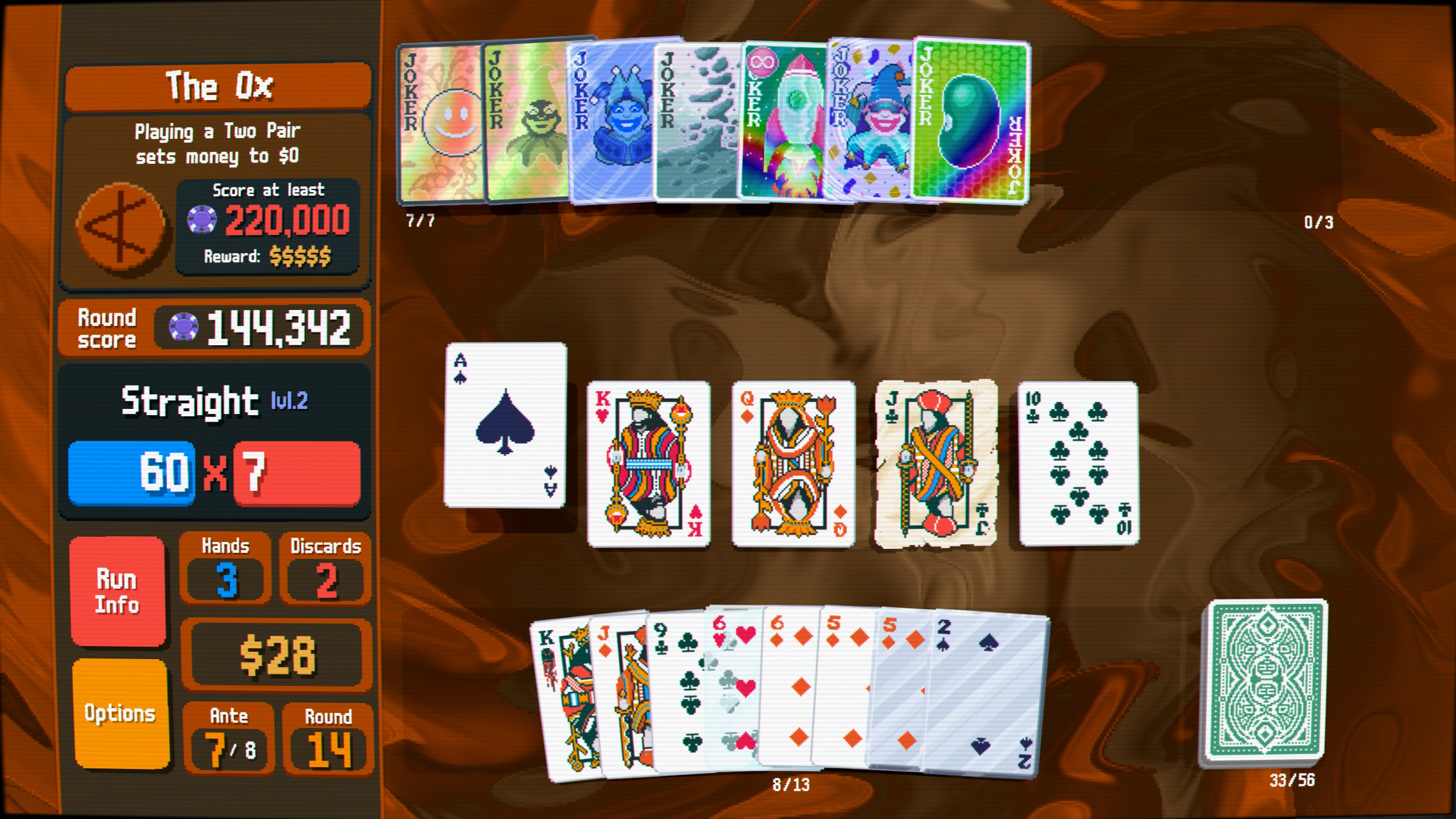
I first tried the demo for Balatro on the subway. I was headed up north to play board games with some friends—card game enthusiasts, all—and I had heard whispers about this new deckbuilder: it’s poker—sort of, barely—and it scratches the deckbuilder itch of creating bonkers combos and finding ways to break the game over your knee. I made it most of the way through a run, failed, and then Balatro passed the most important test for a run-based game: I wanted to start another run. I knew that I could do better. I was nearly at my friend’s place though, so I held off. When I got there, I offered them my discovery: hey, check this game out, it’s sort of barely poker and it has a lot of cool weird clowns. Some were interested, some were not. A couple of them tinkered with it while I chatted with others and considered the day’s board game offerings. Eventually they successfully completed a run—oh hey, cool, there’s a new difficulty level and a new deck type available—and then we went on to play our little board games.
Balatro officially released a few days later. Several of the people present at that gathering bought it. I did not. It turns out that I had accidentally infected them and, in the process, innoculated myself. The infection spread though, engulfing the world (first, the gaming world; later, the rest) in Balatro fever. Eventually, I decided to succumb as well. Why not? It seemed fun. I liked that one run I did!
Here is where I would tell you “Huge mistake. I was hopelessly addicted, one run after another, I couldn’t put it down, one more run one more run one more run”, if that were true. But it isn’t. I enjoyed Balatro a great deal but it never quite got its hooks in me the way that other deckbuilders have. Steam tells me that I last played the game on April 6, which was around the point that I must have decided that I’d had my fill.13 The game struck me as an incredibly-fun if somewhat-shallow little time-passer and I was happy enough with it as such.
Then, a few months ago—on October 3, to be precise—I purchased Balatro on mobile. I have never particularly liked playing games on my phone, especially not real games,14 but Balatro was relatively-cheap and seemed like it’d be fun enough as something I could quickly bang out while listening to a podcast on the bus or while waiting in a queue or while my cat slept on my chest… Huge mistake. I was hopelessly addicted, one run after another, I couldn’t put it down, one more run one more—just kidding. No, it was more of the same. It was a silly little time-passer that still struck me as surprisingly-fun, given the flaws in its design. I still boot it up on my phone every so often to see if I can knock out another difficulty level, even though I find the game a little too RNG-swingy for my tastes. I know that there is a “right way” to play Balatro if you want to consistently beat its higher difficulties, a way that largely ignores many of the game’s systems, and I generally refuse to play that way. It’s a silly little time-passer. Who cares if I don’t win?
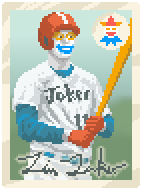
Let me tell you what I like most about Balatro: I like the way that the music, sound effects, and animation combine when the game boots into the main menu. It is intoxicatingly-psychedelic in a way that would be gauche in most other games. I like how the Jokers—the upgrades that change the way you play in a given run—are depicted in bizarre and funny ways. I like that the game encourages you to swing for the fences and to break it whenever possible.15 I like playing fake over-the-top hands like Flush House and Five-of-a-Kind and I like the understated little pachinko jingle that plays when you beat the final ante. I love how committed the developer, LocalThunk, is to anonymity, going as far as to accept his accolades at The Game Awards by proxy. I like how the game feels like it is filled with endless possibilities and combinations during your first few hours with it.
I do not like, however, how those possibilities shrink and constrict as you progress in the game. Balatro is a game about learning which strategies and Jokers are good and sticking to those. The higher difficulty your run, the closer you have to adhere to these lessons. Because there is nothing passed between runs—your level of success on your previous run has no impact on your new run—many players will simply start a run, scan the Blind options for the first ante,16 and then restart the run if they are not ideal. How do you win a run in Balatro? Get glass cards, focus on playing High Card,17 find the Jokers that break with scaling, etc., etc., and ignore everything else. The more you stick to these sorts of strategies and this sort of philosophy, the more consistently you will succeed.18
And now, I am going to do something very unfair, and compare Balatro to the greatest deckbuilder ever made. Slay the Spire similarly also promises players endless possibilities in its first few hours. What distinguishes it from Balatro, however, is how it continuously renews that promise, repeatedly and in novel ways, as you climb the difficulty ladder. Rather than constraining you into a small set of viable playstyles at high levels, Slay the Spire literally does the opposite: you will not be able to reliably construct a deck with a simple and clear archetype before dying. There is no safe and reliable path forward. You have no choice but to adapt. Diversify. Try something you’ve previously ignored or underestimated. Find some way to make it to the next floor. Take whatever you can to help you survive—there is no High Card strategy and there are no glass cards.
The more I play of Balatro, the fewer possibilities it seems to offer me. I still play completely “organically,” but I have also learned that most Jokers (and cards) are going to be bad for you, most of the time, and that is a fairly deflating realization to have. Synergies are generally and usually obvious and unexpected syngergies seldom manifest. Cards that seem extremely good and over-the-top-broken usually are so and cards that do not seem that way usually are not.
I do not mean to be so hard on poor ol’ Balatro. I am very glad that the game absolutely took off. I have purchased it on two different platforms, I have played a ton of it, and I have recommended it to many—even people who don’t play videogames, which is a rare feat unto itself. I just also wanted to explain why my Balatro fever has never seemed quite as high as that of many others. I strongly debated whether it belonged on this list—there are several other notable candidates, as will be discussed—but I cannot deny the charm that the game offered me on that first subway ride and the charm that it offers me still. I am also very glad to see an indie deckbuilder achieving such a high level of mainstream success—it got nominated for Game of the Year at the damn Game Awards—and I hope that the neophytes ordained by Balatro consider exploring the genre further.
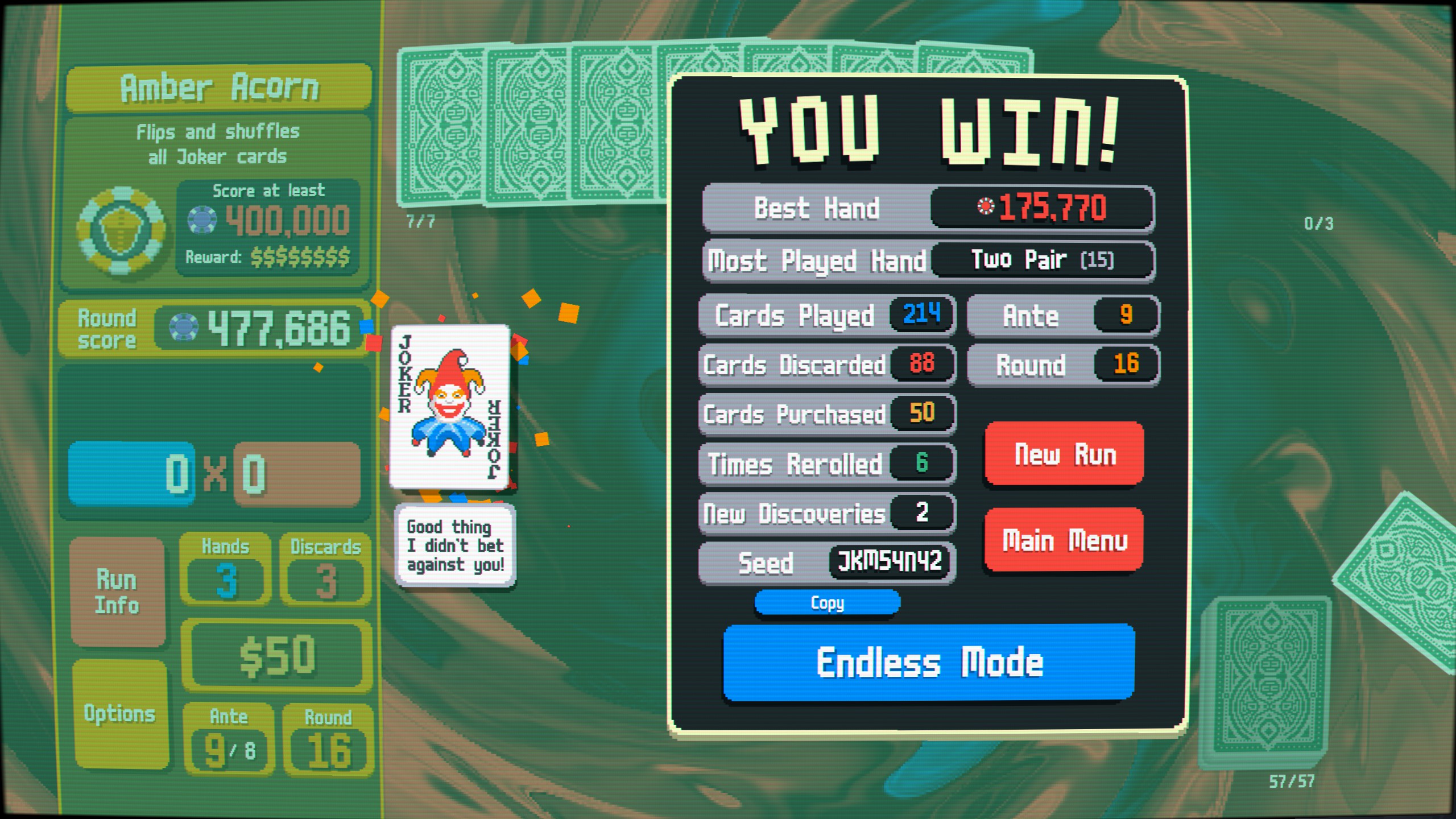
UFO 50
I never liked Spelunky. There’s no one particular reason necessarily—I certainly never hated it—it just never really grabbed me. It seemed awfully difficult and I never quite felt the payoffs that others did. Its art was sort of ugly and its theme certainly never appealed to me.19 The only reason that this is notable is because Spelunky is a major modern catalyst (if not progenitor) of two micro-genres that I do quite like: rogue-likes and metroidvanias. Everyone else seemed to love Spelunky though and Derek Yu, the game’s lead developer, seemed like a very nice and very smart man. It is for these reasons in part that I found myself intrigued when, in 2017, Derek Yu announced his next project: UFO 50, a collection of 50 unique and self-contained games developed by the fictional company UFO Soft for a series of fictional consoles. The games would be presented according to their historical release date, with each game increasing in technical capacity as the “hardware” improved and as the developers became more skilled at developing for the “hardware.” The 50 games include a handful of sequels (which are shockingly not cash grabs), recurring characters and mascots, and little historical tidbits, like that of Pilot Quest (“Used the clock features of the LX-III20 to generate resources even when the game was closed.”) or Devilition (“Many retailers refused to carry the game due to its demonic box art.”). I might not have liked Spelunky per se, but this project sounded incredibly ambitious and much more appealing to me, personally—or to anyone who had a passing interest in game design, really.
The games in UFO 50 were all “released” between 1982 and 1989, putting them squarely in the “I was not yet alive” era of videogames. My first console was the N64 but I did not really play very many games until around the Xbox 360 era.21 I have no nostalgia for consoles prior to the N64 because my exposure to them has been almost exclusively in my adulthood. Even if I had owned those consoles, I do not think that I would be nostalgic for the NES, for one simple reason: its games were really bad. Sorry, I know we are supposed to pretend that that was the Golden Age of gaming or whatever but I am a bit too young and a bit too spoiled for that. Other than Mario, the Nintendo franchises generally did not hit their stride until the SNES, and there is no reason for me to go back and play something like “Solar Jetman: Hunt for the Golden Warpship” or “Orb-3D.”22 The promise of UFO 50, however, was a collection of games that seem like they could have been made 40 years ago, but for some modern design sensibilities and twists. So, my interest in UFO 50 had no basis in nostalgia—I was interested in it strictly from a game design perspective. What would it mean to make 50 full self-contained worthwhile games? Is it even possible? Is it even sort-of-possible?
I really didn’t know but I was curious enough to find out. I figured that the game was worth whatever I paid for it (which turned out to be less than I’d expected) so long as it was interesting or surprising. I knew that a designer with that sort of prestige wasn’t going to spend 8 years of development time making 50 different Excitebike clones. Or, if he did, they would probably be very interesting Excitebike clones.
I first played UFO 50 on a Steamdeck on a picnic bench outside of a hospital. I wasn’t visiting the hospital, I was just sort of walking around and hospitals often have a lot of public outdoor seating. A lot of my life is spent looking for public seating. Anyway, I started up the first game in the collection: Barbuta. The game immediately boots into its opening level without fanfare: no Start Menu screen, no opening story or cutscene, there isn’t even any music. I walk my character to the right and a brick instantly falls from the ceiling and kills me. Okay, I get it. It is an incredibly bold gambit but I get it and I respect it. The UFO 50 devs are having a bit of a laugh and have put a cruel, obtuse, and austere experience right at the front of the collection—you know, just like how most NES games were some combination of cruel, obtuse, and austere—hoping that players pick up on this little joke and are willing to play along. Barbuta keeps the punches coming though because your character is slow as hell, his jump and attack are awful, and there is no way to save progress. If you die 7 times, that’s it. Time to start over. Better watch out for that brick this time.23
I got the joke but had had enough before too long. Time to move on. The second game, Bug Hunter, presented me with something that I instantly recognized as being more my sort of perversion. The player is placed on a grid and told to eradicate every bug on the field. He has access to a baby’s handful of moves and attacks and can collect currency from the map to purchase more—but be careful: the currency is also explosive. More bugs spawn each day and bugs that are not killed will become more powerful and threatening each day they survive. Manage resources, optimize your use of movement and attacks, predict how the bugs and the map will change—do all of this well enough and you can become Hunter of the Year.
A few minutes into playing Bug Hunter, I knew that I had not gone astray with UFO 50. If it contained even a few games as good as Bug Hunter, UFO 50 would be a smash success in my eyes. But you know what’s kind of fucked up? There are a lot of games as good as Bug Hunter in UFO 50. Like, a lot. And if Bug Hunter isn’t your sort of perversion, they’re sure to have something that is. Perhaps you’d prefer the action-platformer Kick Club, in which you prove soccer’s superiority over all sports by hitting them with a soccer ball? Or the surprisingly-compelling point-and-click horror game Night Manor? Attactics, Devilition, Avianos, Paint Chase, Ninpek, Mini & Max… They have an idle game called Pilot Quest that runs in the background while you mess around with all of the other games. And yeah, you better believe they’ve got Party House. Whoever told you that UFO 50 doesn’t have Party House, they were lying to you.
I could keep listing games until I eventually found one that wet your whistle but let me try to whet your appetite24 in a more direct manner: I think that you should play UFO 50. If you are reading this silly website, you are almost certainly a person that will enjoy UFO 50. It is an absolutely remarkable and genuinely-unbelievable piece of software. It is so utterly filled to the brim with interesting ideas and good games and fun concepts and if you like videogames then you owe it to yourself to try it. It will force you to better understand videogames and your relationship to them. It might even make you like videogames more than you already do. There is a reason that two different Lotus Eater guest contributors listed it as their sole Game of the Year. There is a reason that it is recommended by 100% of critics and players on OpenCritic. There is a reason that people are buying handheld devices just to convert into UFO 50 machines. I don’t even think there will ever be anything else like it ever again, but I will be playing it for years to come. It is a truly astounding thing, especially considering that I really did not care for Spelunky.
FINAL FANTASY VII REBIRTH
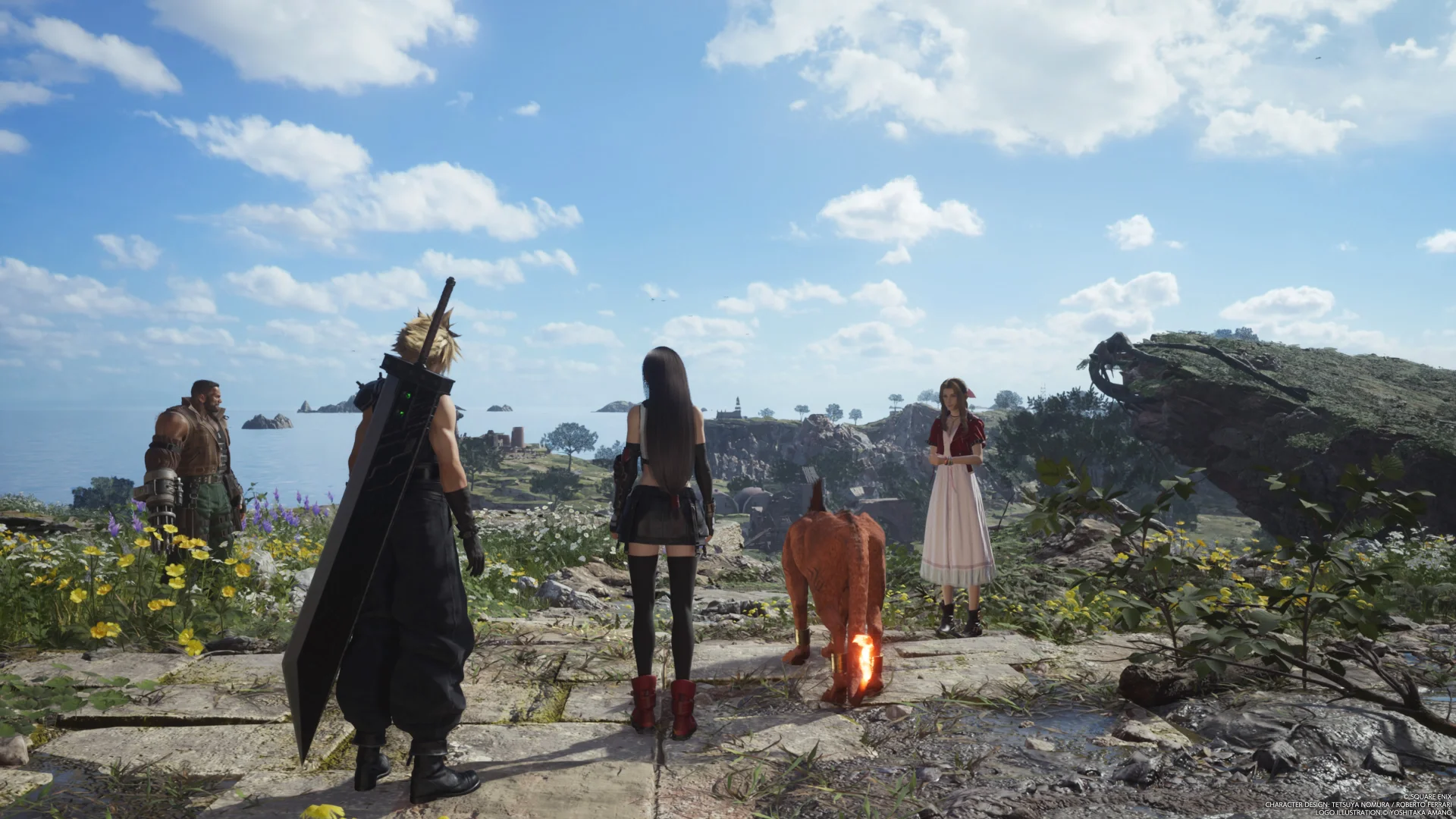
Final Fantasy VII Rebirth was always going to be my Game of the Year. It has always been my Game of the Year. It will always be my Game of the Year.
Final Fantasy VII Rebirth is a sequel to Final Fantasy VII Remake, which is itself a sequel to Final Fantasy VII. Remake’s particular magic trick only worked by pretending that it was a “remake” of Final Fantasy VII and not a re-make of Final Fantasy VII, but thankfully the statute of limitations on spoilers is up—it’s been nearly five years—and I can safely reveal this fairly shocking bit of meta-narrative. If you have waited all this time to play Remake, then I am sorry, but you might as well go play it now. I will wait. Okay, welcome back, thank you, and I hope you enjoyed yourself. Final Fantasy VII is one of my favourite games, but it is also one of the most important games to the development of my taste. I received a copy of it for the PC under mysterious circumstances when I was 12 years old and it was One of Those Things that you realize, looking back, was a pivotal moment in the creation of You. If it hadn’t been for early exposure to Final Fantasy VII, I probably would have become a Cool Jock with Washboard Abs. Instead, I became the person I am today: a Cool Jock with Washboard Abs that really loves Japanese role-playing games. Sort of ghastly to consider, isn’t it?
Despite how important Final Fantasy VII is to me, I was not especially looking forward to Remake. I had long internalized the lesson that remakes, adaptations, and distant sequels were usually a bad idea that produced, at best, something superfluous and, at worst, something so odious that it detracted from the original. I knew that I would play Remake, of course—I just thought that it was like having to identify your child’s body for the coroner: something that you had to do, no matter how grim it was.25 Fortunately for me, however, my child was very much alive and she just about jumped out from under that white sheet and did a wee jig on the metal slab. It turned out that I liked Remake a great deal, and I am on record as saying that it is basically the best version of itself. It is not a perfect game but it is hard to imagine modern Square Enix doing a better job than the one they did with that game. It is a very remarkable game in so many ways and I almost resent it for contradicting my usually-safe assumption vis à vis remakes, adaptations, and distant sequels.26
Remake ends with the characters of Final Fantasy VII defeating phantom versions of themselves along with the concept of Deterministic Fate itself. They cannot comprehend exactly what is happening—unlike us, the players, who understand that they are fighting for the chance for Things to Happen Differently—but they do know that their victory is pyrrhic; all that they have won is Boundless, Terrifying Freedom. As the group looks out at the world outside the city of Midgar for the first time, Aerith captures the equivocal nature of their triumph: “I miss it, the steel sky.” She cannot help but miss the certainty of Deterministic Fate, even though she seems to understand that that Fate was always going to lead to—spoilers for a game from 1997—her death.
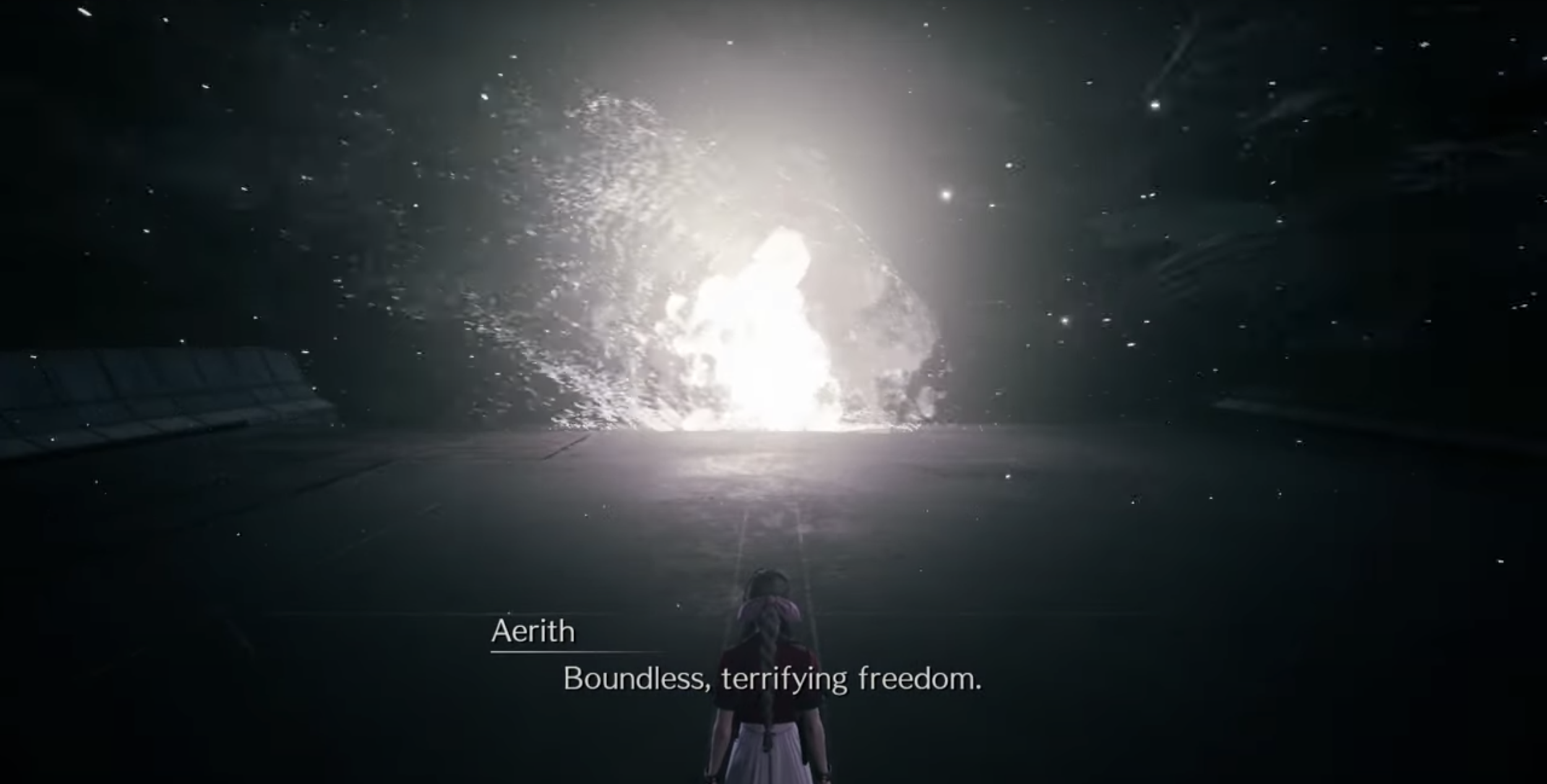
This is the stage set for Rebirth: Everything can change. Characters who were presumed dead are alive, events once set in stone have begun to shift, Aerith might yet see the Highwind. Rebirth takes this Freedom seriously by way of mechanics; it is an open-world game that is absolutely Sunday dinner turkey-stuffed with side quests and mechanics and mini-games and, frankly, not-so-mini games. The game sends you out into the wild blue yonder generously-early—something for which most players of Remake felt absolutely starved—and you are immediately bombarded with things to do: treasure quests, moogle tag, card games, monster hunts, crafting recipes, rhythm games, battle arenas, platforming puzzles, shooting galleries, chocobo races, and a number of self-contained well-executed games that is rivaled really only by UFO 50. None of this is necessarily that unusual for open-world games but I think that there are two things about Rebirth’s approach that are worth lauding. First, these frivolities are often and generally optional. If you would prefer to just mainline the quest, you certainly can. You will miss plenty of gear and—more importantly—interesting writing and character moments, but you are by no means forced into these sorts of side-activities. Second, the quality of this side content is mostly excellent. Where many open-world games would force you to repeat the same canned fungible action over and over, with minimal payoff, Rebirth is usually more generous. Most of the optional content is clearly packed with passion and love and is completely unique from the rest of the game, whether it’s strategically defending Fort Condor, raising your rank in the collectible card game Queen’s Blood, or performing in the musical LOVELESS.
Rebirth is a ridiculously-rich, absurdly-sumptuous feast. I happen to think that the food it serves is of exceptional quality but I can absolutely understand why someone might balk at the table setting and get up after only a few bites. To wit, it took me about 6 months to beat the game (though this was largely for personal reasons). I give it a pass on this, however, because of how much of the side-content is optional and because—and this is important—it is Final Fantasy VII. I am not interested in playing an open-world game this gob-jammed full if it is titled “Assasin’s Creed” or “Farcry.” Those games are not Final Fantasy VII—very few games are, really—and they do not even begin to approach the sort of character design, plot, world design, music, and writing that I have come to love in VII, Remake, and Rebirth. Side-quests and optional activities in Rebirth are not just ways to pass the time; they are opportunities to spend time in a world that I adore with characters that I love, including some that may not be around forever.27
Rebirth is not just generous in its activities, however, but in its writing and its performance and its animation. The game never passes up an opportunity for a song or a joke or a dance break or even a rap.28 Every moment is filled with clever, charming writing; nearly every NPC is interesting or strange or entertaining; every side quest and sub-plot culminates in something delightful or absurd or touching. You might have already seen the Gold Saucer idol dance scene but have you heard about Red XIII (a sort of dog creature) dressing up like a man and dancing like Michael Jackson in order to join a card game tournament? Or Cloud breakdancing to celebrate becoming the Ultimate Party Animal? Moments like these, that would be remembered as singular standout moments in other games, are sprinkled throughout Rebirth like confetti. My hard drive is filled with hundreds of screenshots and recorded videos because everytime I played I was faced with some new beautiful, bizarre, or hilarious moment.
Characters from the original Final Fantasy VII who were only thinly-characterized are brought to life so vividly that it is hard to imagine the game without them. Yuffie is the best example of this; despite being an optional (and oft-missed) character in the original game, she becomes an utterly crucial member of the gang in Rebirth. She is so filled with life, always singing or teasing or seeking validation, and is emblematic of the game’s overwhelming joie de vivre.29 She is by no means the exception though. Every one of the main characters—even Cait Sith, who was fairly forgettable outside of his character design—is so lovingly rendered that they become impossible to ignore or forget, which makes each plot beat all the more resonant. Tifa and Aerith are always chatting and scheming and commiserating, Red XIII is struggling with the angst and insecurity of adolescence, and everyone is always making fun of Cloud for being autistic or horny. The game loves these characters so much and the characters all very clearly love one another, all of which makes me love them even more. There are moments in this game that I found to be genuinely heartbreaking with a level of subtlety and nuance that is unimaginable for most JRPGs. Characters have conversations that feel so real and so sad and so human that you forget the grand meta-physical stakes of what is happening around them and just see them as old friends or paramours or comrades. Some cynical part of me does not even really believe what I am outlining here because I find it so preposterous, but I perused my collection of screenshots and recorded cutscenes in preparation for writing this and it really is that good.
Another element of Final Fantasy VII, Remake, and Rebirth that is seldom remarked upon is how remarkably and unapologetically radical their politics are.30 You play as a gang of eco-terrorists who are committing large-scale acts of violence in order to bring about a better future. The game does not equivocate or pearl-clutch about this; you live in a world that is run by evil people who are invested in the continued destruction of the planet and the continued oppression of its people.31 Great change will require great acts and perhaps great sacrifice. You ally with an anti-imperialist radical from a foreign country that is under constant military and economic threat from your own—again, the game does not question the validity of this movement, nor attempt to defang it. Along the way, you encounter labour movements, community organizers, and people everywhere engaging in all manner of anti-corporate action. Somehow, none of this comes across like the cover of an Adbuster magazine, and that too is a testament to the strength of the game’s writing. Its politics are so organically woven into its world and characters and plot that I think many players just sort of… miss them.32
I have spoken at great length about Rebirth but there is one more issue into which I must dip my gosling before I can let the topic rest. I will try to speak only briefly, as it is difficult to discuss this issue in full without spoiling the game and because I intend to write a separate post on it at a later date. Many people finished Rebirth months before I did, and so it was not long before I started hearing rumblings… the ending… it’s… “anime bullshit.”
“Anime bullshit” (or sometimes “Kingdom Hearts bullshit”) is what people say about Japanese videogames that they do not understand. I have heard people say it about Nier Automata, I have heard them say it about Metal Gear Solid, and you can bet your sweet Bahamut they said it about Final Fantasy VII Remake. If someone finds a story difficult to understand and then refuses to reflect on it at all, they may find themselves inclined to denigrate the story in this way. This becomes a very easy critique to casually level at games whose stories are not instantly and trivially understood. The issue is that this critique is often wrong and, even when it is not, it is incredibly lazy. It demonstrates, at best, an unwillingness to engage with a story on its own terms and, at worst, an inability to do so. Enough time has passed now that an understanding of Remake’s ending has suffused throughout the general gaming populace, but in the Summer of 2020, when we were all stuck indoors with nothing to do but contemplate Japanese role-playing games, many people still found themselves utterly confounded by Remake’s conclusion. Rather than reflecting on why this might be, they instead assumed that it was some simple yet massive flaw in the story and cast it aside as (the frankly-racist) “anime bullshit.”
So, when I first started hearing people complain of the “anime bullshit” ending of Rebirth, I wasn’t too worried. It took me several more months to get there but I finally reached the ending and—wouldn’t you know it—it is just as poignant and beautiful and interpretible as that of Remake. Recently, I have heard Game of the Year discussions revisit this topic and reiterate the mistake all-the-more strongly, adding other trivially-incorrect critiques into the mix for good measure. Sometimes I wonder how The Last of Us, a game written about as well as a sub-prestige television program from 2012, is oft-considered to be one of the best-written videogames, and then I remember: most people do not want interesting or challenging interactive fiction. They want television-style stories that are so simple and facile that they could be understood by a child, or a sleeping person, or perhaps even a sleeping child.33 They crave the warm embrace of familiarity and concreteness and certainty. They cannot handle Something New, Something Different… but No Promises Await at Journey’s End.
Final Considerations
I am very glad to have had to make some difficult decisions about what to include in my Top 5 this year, instead of struggling to fill it out as I did in 2023. In truth, the “Top 5” I presented here is not without artifice or ulterior motive.34 I included games that both impressed me and about which I had something to say. If I had to choose a Top 5 without trying to write an interesting story alongside the list, I probably would have dropped Balatro in favour of Crow Country or one of the other games discussed below. The list as presented is also not ranked and the order in which they are discussed is not meant to imply a ranking, but to serve a particular narrative. However, since I am the sort of person that would call me a coward for refusing to rank my list, I will do so now:
5. Balatro
4. Lies of P
3. UFO 50
2. Lorelei and the Laser Eyes
1. Final Fantasy VII Rebirth
Hmm, to be honest, any of the ones in the 2–4 range could swap places there and it would probably be fine. I’m starting to think that this whole “numerically evaluating and ranking art” thing might be a bit crass.
Honourable Mentions
RISE OF THE GOLDEN IDOL
Hey, they did another one of those! I wouldn’t say that this one quite reaches the same highs as its predecessor but I still loved it. If you like the first one, there is literally no reason not to play this one too (or, presumably its forthcoming five DLC packs). It leans a little too heavily on paragraph-long mad libs-style solutions for puzzles but I really appreciated how diverse and wacky its settings and scenarios were. This could have gone into my Top 5, really, I just didn’t have a ton to say about it—it’s like the first one, but a bit different. Hey, maybe I should be doing a Top 10. Something to consider.35
CROW COUNTRY
Crow Country has the beautifully-weird polygonal bodies of Final Fantasy VII and the awkward survival-horror shooting and movement of Silent Hell or Resident Evil. It is a love letter to the PS1 but with modern sensibilities, surprisingly funny writing, and fun puzzles. It takes place in a theme park, has a twisty-turny plot characteristic of the genre, and has vibes and visuals that are just off the chart. People really slept on this game, which makes me a bit sad that it is not in my Top 5.36 I just, once again, do not have much to say about it in this format other than that I like it a great deal and I think more people should play it.
PONY ISLAND
Inscryption was one of my favourite games of 2021 (and of ever) but I only got around to playing Daniel Mullins’s other two major releases this year. I thought that The Hex was interesting but Pony Island was a real delight. It’s a game about.. well, it’s a game where you jump a pony over some obstacles, I suppose. It lives somewhere at the intersection between The Stanley Parable, There is No Game, and Frog Fractions, but is also very distinctively its own thing. You can really see a lot of Inscryption’s DNA in it and I’ve no doubt that the sequel will be a real barn-burner for people who like videogames about videogames.
SLAY THE SPIRE
I got the last of the achievements Slay the Spire this year and beat Ascension 20 with every class. Slay the Spire 2 is supposed to drop soon and it is going to ruin my life.
MARVEL RIVALS
I thought I had Marvel fatigue but it turns out I was just tired of bad movies.
RATSHAKER
I played a short game called Ratshaker. One thing I can tell you about Ratshaker is that you really do spend a lot of time shaking a rat. You do some other things to it as well.
ELDEN RING: SHADOW OF THE ERDTREE
Bit of an awkward one here, hey? It’s hard to explain exactly why I didn’t include this massive Elden Ring expansion in my Top 5. On the one hand, I loved the new characters and the narrative focus of the DLC. I thought that there were several excellent bosses and new interesting weapons. On the other hand, I also think that it is, on average, of lower quality than the rest of Elden Ring. This is an unfortunate critique to levy at Erdtree because, to put it plainly, I think that Elden Ring is one of the best games ever made. I replayed it in its entirety in the lead-up to Erdtree and, despite having already beaten every single inch of that game (sometimes multiple times), I enjoyed every single moment of it immensely. Some of it, I think I like even more the second time around. This made the juxtaposition with Erdtree all the more salient.
There are two issues with Erdtree that stood out to me as most compromising my experience with it. First, I found the world design to be extremely uneven. There were areas that were so densely packed with routes and paths and doors and drops as to be tedious and disorienting.37 Other areas were completely and utterly empty, so empty that they felt like they were daring you to search a little more, surely there would be something of interest in the next corner. After all, that was Elden Ring’s revolutionary contribution: there was always something everywhere. Sadly, this was often not so in Shadow of the Erdtree, and I couldn’t help but be disappointed each time I scoured a new ostensibly-barren area to find that it was just that.
My other critique of Shadow of the Erdtree is a bit more finicky. FromSoft wanted to design Erdtree to be approachable for characters of a wide range of levels, once you passed a certain threshold. This wasn’t something that seemed to trouble them in DLCs of their previous games, but for whatever reason, it appeared to be a major concern for them in Shadow of the Erdtree. In order to set every character on an approximately-even playing field, as soon as you enter the expansion’s Realm of Shadow, you are rendered Weak as Fuck. It doesn’t matter what level you are or how honed your weapons are—you are probably going to get your ass beat by basically everyone. The only way to survive is to collect Scadutree Fragments.38 These are hidden in nooks and crannies all across the world of the DLC and until you collect a certain number of them, you are effectively useless. You won’t be able to deal damage but you will take way more than you’d expect. This is a very interesting and sort of elegant solution to the problem of designing an expansion for players of all different levels. The only issue is that I think it sort of sucks. It makes you feel arbitrarily weak in a way that FromSoft games generally don’t (at least, not for veteran or high-investment players) and it constrains your options for how to spend your time in that world (i.e., go find some of those wee fragments if you want to have any fun). On several occasions while playing Erdtree, I found a new boss, ran headfirst into it several times only to realize that I just had too few Scadutree Fragments to feasibly beat it. This is not an experience that I have ever had in Elden Ring, nor in other FromSoft games.39 I respect the attempt at a novel solution for this problem, especially one that encourages exploration, but I found that it was a real drag on my experience with Erdtree. I guess it’ll just have to settle for being A Lot Like One of the Best Games Ever Made, instead of One of the Best Games Ever Made.
POKÉMON TRADING CARD GAME POCKET
Thanks!
Notable Omissions
METAPHOR: REFANTAZIO
I’m only a few hours into this bad boy but I’ve got a hunch it’s going to be Lotus Eater GOTY 2025. It’s just as well that I didn’t play it this year, this post is long enough already.
NINE SOLS
Devotion was one of my favourite games that I played in 2020 but unfortunately there was no way to pay for it at that time. As penance for pirating an indie game from a small Taiwanese developer, I bought Red Candle’s other game, Detention, and later crowdfunded their future game. Although Devotion and Detention were both narrative-focused horror games, Nine Sols would be a parry-centric metroiodvania with a style they described as “taopunk.” People really liked it! I am really looking forward to playing it.
PERSONA 3 RELOAD
I’ll get to it! Didn’t you see what I just said about Metaphor?
LIKE A DRAGON: INFINITE WEALTH
This game looks incredible but unfortunately I have like 6 more Yakuza games to beat before I can play it.
Well, that’s about all from me. The only thing left is to tell you about the man that I saw swinging in a children’s playground several nights in a row in August.
Each time I saw him, it was somewhere between 11pm and 1am. It wasn’t a momentary frivolity, either. He was at it for a long time, everytime. The fourth day I saw him swinging, I just went and asked him. Hey man. What’s up. Can I ask why you are swinging. Turns out he grew up on a very remote island, he was the only kid in his graduating class. The CBC even wrote an article about him. He loved swinging as a kid and so his parents built him a swingset in the backyard looking out over the ocean. He would just swing in that thing for hours. And so even now, as an adult on a slightly less remote island, he still likes to get a good swing in whenever he can. We got to talking about videogames and Star Wars—two topics about which he was very passionate—and I observed that all of his favourite series (Saints Row, Mass Effect, Knights of the Old Republic, Dragon Age) were cursed.40 In retrospect, I guess it’s mostly that BioWare are cursed. Anyway, the man in the swingset taught me that you should always talk to strangers if you want to know why they are doing what they are doing, even if it is nighttime and very dark. They will never hurt you and nothing bad will ever happen.
Thank you for reading Lotus Eater in 2024. I hope to write some interesting things in 2025. I will certainly try to. I hope that you also do some interesting things in 2025, or at least that you try to. Please let me know if you do. Good luck.
Footnotes
I still have not played Baldur’s Gate 3. ¯\_(ツ)_/¯↩︎
It is often unclear to me the extent that I am kidding or not. Or, at least, it is unclear to me whether I wish to fully reveal the extent to which I am kidding.↩︎
The greatest game ever made, which has been discussed both here and here.↩︎
The worst thing about Knotwords is that people see you playing it and they go, “oh, you like crosswords, do you?” and I have to explain, “no, this game looks like a crossword but in point of fact has very little to do with crosswords.” This happened so many times that I started to think I might like crosswords and so I signed up for a free trial of the New York Times puzzle subscription. I did the daily crossword once and found it deeply tedious. I cancelled the trial. It turns out I hate crosswords.↩︎
If you would like to know whether New York City is one of those, you can come find me at my house and ask me there.↩︎
Those interested in spending New Year’s Day reading about parrying may find a full discussion of Lies of P’s parrying here and an overfull discussion of parrying in other games here. Listen, I know that I probably do not need to link to mine own posts here, but I am on my grind, I am on my hot girl shit, and 2024 all my losses were lessons big things coming in 2025—okay?↩︎
I actually think that the triple-decker adjective “haunted Victorian steampunk” is not just reductive, but misleading. I would probably not play a game described in that way. The tone of the game is something a little more difficult to pin down: sort of saccharine, sort of melancholic, sort of nostalgic, sort of silly. It really is quite unique and special.↩︎
If you find yourself squirming in your chair, stammering “b-but!! shadow of the erdtree! w-was an expansion!! of course it was not as satisfying as a stand-alone game!”, then I ask that you politely ensure that your horses are held. All will be addressed in time. If, come the terminus of this article, you still find yourself wriggling in discomfort with my bravely-contentious opinions, then I give you full permission to do me in Luigi Mangione style.↩︎
This is an assumption on my part, but likely a relatively-safe one: the developer, Simogo, is technically composed of only two people, and the larger team still appears to be rather small. Given the size of the studio and its modestly-sized publisher, it strikes me as unlikely that Lorelei had as excess of playtesting resources.↩︎
I am loath to use the phrase “vomit bag,” but there does not appear to be a name for the object that is both widely-accepted and proprietous. One option appears to be “sickness bag,” which does appeal to me because of how delightfully-awkward it is. My favourite alternative is “emesis bag,” which has the exact sort of clinical sterility that I crave. Unfortunately, we live in a disgusting, corrupt world, one that has not yet (and will likely never) recognize the superiority of the “emesis bag”, and I refuse to be the sort of person who indignantly insists on using the phrase “emesis bag” even when he is practically certain that the listener wouldn’t know an emesis bag from a jimmy-cap.↩︎
ugh↩︎
Accountability Report: This anecdote was already briefly shared elsewhere. Although I consider it tacky to repeat anecdotes in this way, I did think that it was an important aspect of my experience with Lorelei, and should therefore be repeated herein. Rest assured that I have added this to my List of Sins for 2024 and I will be discussing it with both my priest and my panel of dedicated eunuch aesthetes.↩︎
I would tell you my hour count and/or number of completed runs here, but unfortunately neither piece of information is reliably-available to me. Although Steam does have an estimated hour count, I know for a fact that it is massively-inflated due to some strange errors with the Steamdeck. Balatro does track and provide several stats about your time playing the game, but I cannot seem to find a “number of completed runs” metric.↩︎
If you choose to be upset by this implication then that is on you. You know what you have to do.↩︎
Many players, especially those unfamiliar with run-based deckbuilders, will first realize that they can (and should) absolutely dominate Balatro when they unlock the Checkered Deck. The Checkered Deck includes only hearts and spades—no diamonds or clubs—which means that flushes are incredibly easy to play. With this as your North Star, you can focus on assembling a retinue of Jokers and card-enhancements that make losing a distant and remote possibility. This is a very good feeling, though diminished somewhat perhaps if you have already had it in other card games.↩︎
Don’t worry too much about what exactly a Blind is, if you have not already played Balatro. The important thing is that it is quasi-randomly determined and your success in a high-difficulty run is going to be partly contingent on which Blinds you happen to roll at the beginning of the run.↩︎
i.e., don’t play poker hands at all.↩︎
I know that you would never stoop to these sorts of strategies—yes, you reading this footnote. No, I am quite certain that you play the game completely organically and, what’s more, you’ve beaten Gold Stake on several decks without having ever compromised on the playstyle that you derived from first principles. But you are quite unique and remarkable in this regard. Unfortunately, it is oft-repeated and commonly-accepted wisdom that this is how you beat Balatro on high difficulties. You might be tempted to blame this on the playerbase and not the game, but I have spent enough time pursuing artificially-difficult challenges in videogames (e.g., Level 1 runs in Souls games, Ascension 20 runs in Slay the Spire) to know that most people do not actually want to “cheat” the game. They do want to play the game “fully.” The majority of people will only resort to these sorts of cheapening strategies when they feel “forced” to do so. And, for what it is worth, I still have not done any of these things in Balatro… but I have also never beaten Gold Stake, so…↩︎
I have never seen an Indiana Jones film. This is also probably why I have never had any interested in the Uncharted series.↩︎
The third of the three fictional consoles represented in UFO 50.↩︎
Games were expensive, my parents did not buy them for me, and despite having perpetual employment from the age of 12 onwards, I could not really afford to buy new games. I certainly couldn’t afford to buy a console. I eventually saved up enough money for an Xbox 360 though and then just became Incredibly Aggressive at Borrowing games.↩︎
Just kidding, I am incredibly interested in playing a game called “Orb-3D.”↩︎
Barbuta isn’t actually terrible but it is an hilariously hostile game to put at the front of the collection. I haven’t seen any other games that are hostile to that extent or in that way. Even the absurdly difficult games are a little more generous than Barbuta.↩︎
Putting these two idioms next to one another isn’t just not clever—it is straight up bad writing. It is an irresponsible and ugly mixing of metaphors and there is no reason to do it other than some childish notion that putting two sort-of-gross idioms that share a homonym next to one another is, for some reason, funny.↩︎
I actually ended up playing Final Fantasy VII Remake about a month after everyone else. There was something going on in April 2020 that delayed the delivery of my copy by a massive margin and all the stores seemed to be closed too. Very odd! I had gotten a really good deal on my copy by abusing some Best Buy promo months prior—seriously, I saved nearly $40—and I stubbornly refused to purchase a digital copy at full price (which was, in retrospect, of course the correct thing to do). The game was getting very positive coverage though, which only made me antsier. I was stuck indoors, nothing to do but work and play Dragon Quest Builders 2 and watch as part of my beard fell out and then grew back stark white. You’ll be happy to learn that it has returned to its original hue, however.↩︎
I even replayed it on Hard Mode earlier this year, before the release of Rebirth. If you want to really put that combat system through its paces, revisit Remake on Hard Mode. It is an incredible experience that made me appreciate the game’s unique blend of action and turn-based combat even more than I had before. I have a hunch that many of the people who did not enjoy Remake’s combat would become zealous converts if they gave Hard Mode an honest go-round.↩︎
I am hitting this “all of the side stuff is optional” point so hard because it appears to be a relatively common complaint that there is too much to do in the game. I am not unsympathetic to this complaint but I do think that its utility as a critique is quite limited. You might prefer that there were less to do in the game aesthetically—and again, I am not unsympathetic to this perspective—but you are also effectively unhampered by those activities. Just.. don’t do them! Do whatever you want! Boundless, terrifying freedom!↩︎
uhh↩︎
I looked up the voice actor for Yuffie so that I could shout her out by name, as her performance is genuinely incredible and such a huge part of the game’s charm. Well, her name is Suzie Yeung, and it turns out she also voices Fuuka in Persona 3 Reload and Makima in Chainsaw Man. I find that information troubling and I am not sure what to do with it.↩︎
It is by no means imperative for me that a videogame be didactic or have “good politics.” I do not go to videogames for political enrichment and it does not upset me especially when they have “bad politics.” That said, if a game is going to be overtly and intentionally political, I would much prefer that the game have something interesting to say. I despise the spineless Ubisoft approach of pretending that a game covering blatantly-political topics can be apolitical. I also despise the generic liberal approach that identifies two “undesirable” radical extremes and then implicitly endorses some imagined third way in the centre between them.↩︎
It’s hard to imagine, I know. Fiction can be such a wonderfully-imaginative place!↩︎
If you’ll indulge me for a moment longer, there is one particularly shocking element of the plot that I hadn’t picked up on until this year. Wutai, Yuffie’s country of origin, is “China-coded.” Shinra, the mega-corporation that controls all energy and the city-state of Midgar, is “Japan-coded.” If you have not played the games, you’ll just have to take me at my word when I tell you that this is patently obvious. For at least a matter of decades, Shinra has been engaging in all manner of imperial belligerence against Wutai: economic oppression, espionage and sabotage, and eventually all-out war. Yuffie, along with other members of her resistance movement, are sent to Midgar to complete an espionage mission in collaboration with the eco-terrorist group Avalanche. As I said in the primary text: none of this is criticized or questioned by the game. Instead, the game is clearly quite critical of the continued imperial pressure applied by the “Japan-coded” Shinra against the “China-coded” Wutai. This sort of anti-nationalism can get you into real trouble in Japan, but again, I think that it is a testament to the subtlety and strength of the writing across these three games that they seem to have skated right by any major controversy.↩︎
For what it is worth, I do not consider either Remake or Rebirth to be especially “challenging.” I do not know why people have difficulty understanding them, other than perhaps thick-headedness and a lack of attention.↩︎
which makes it exactly the same as every other Game of the Year list in existence.↩︎
That’s a nice idea but I barely play 10 games a year as it is.↩︎
Like The Rise of the Golden Idol, Crow Country could easily have replaced Balatro in my Top 5.↩︎
and not in a good way!↩︎
I know how you heard this pronounced in your head but let me relieve you of that burden: it is pronounced “Shadowtree Fragment.”↩︎
The fact that Level 1 runs are so popular in FromSoft games helps to ratify this claim.↩︎
My first post on Lotus Eater was about the Legend of Zelda game Tears of the Kingdom. Writing about a game from a storied franchise led me to incidentally create one of the elements in the Lotus Eater style guide: game titles are italicized, franchise titles are not. This gets tricky, of course—sometimes it is ambiguous whether one is discussing a particular title in a franchise or the franchise itself—but I try to be consistent with it. The proper nouns I listed with regards to the swinging gentleman refer to the franchises themselves, as opposed to individual game titles, and so they are not italicized. Someday my army of underpaid ghost writers and overworked interns will have to know this style guide by heart and recite it in unison for me each morning.↩︎


